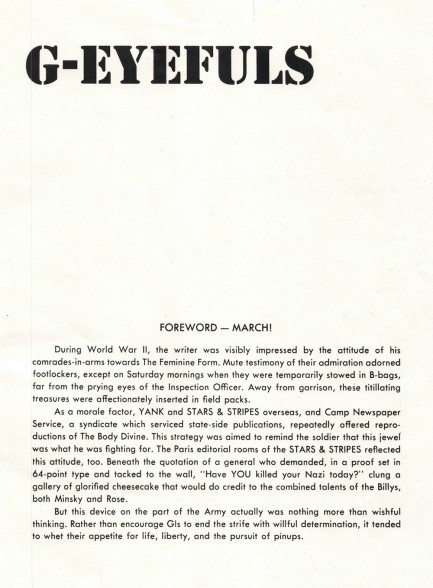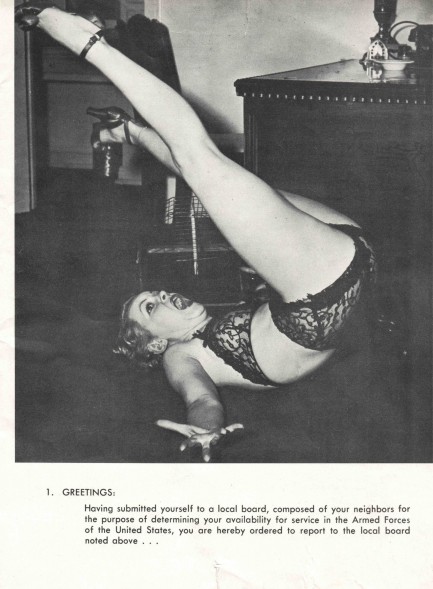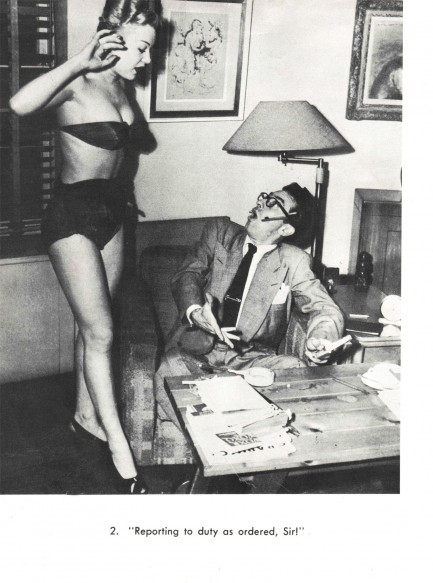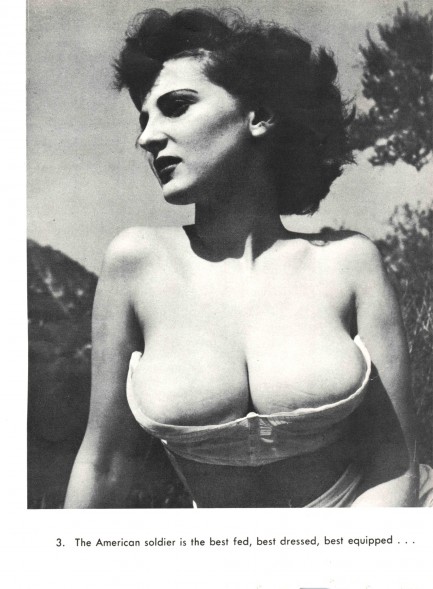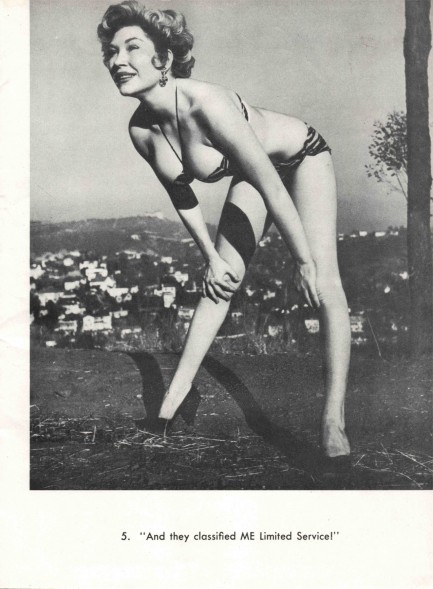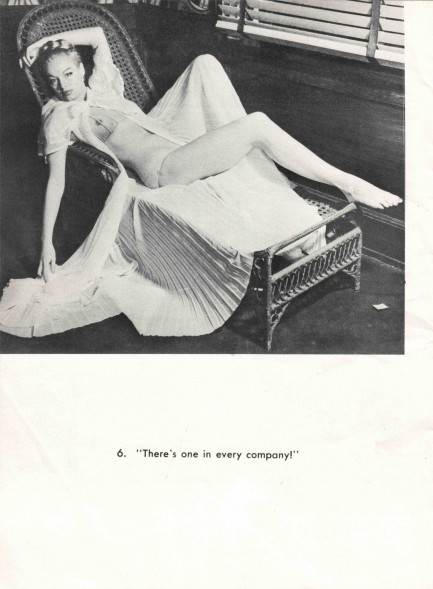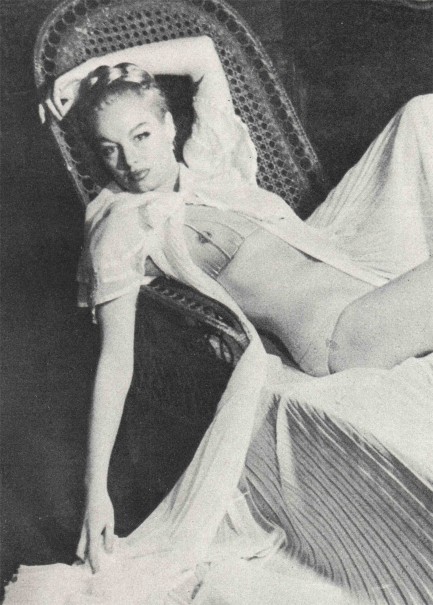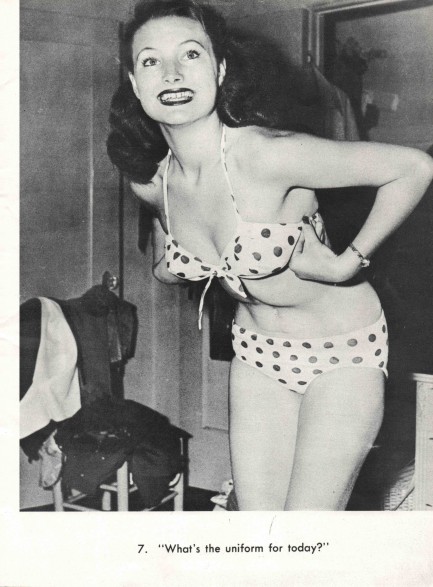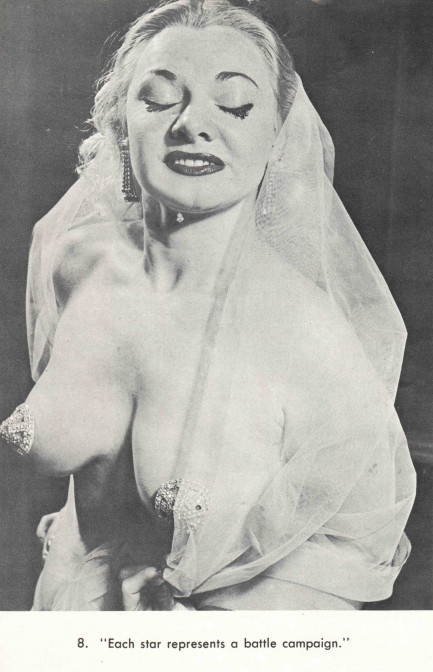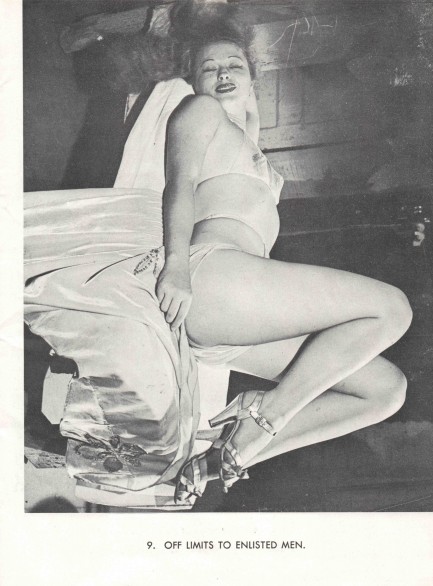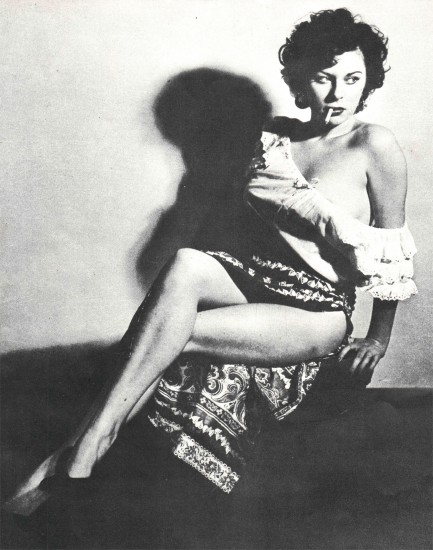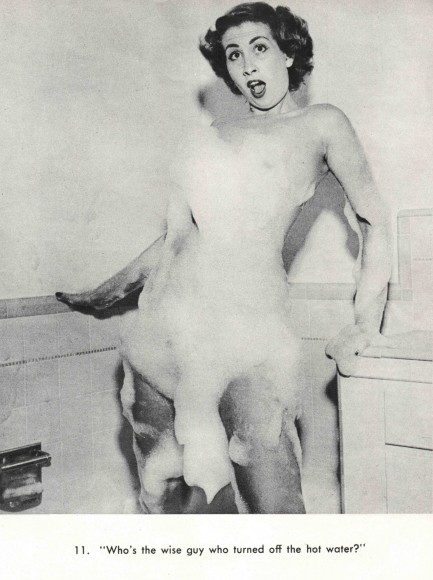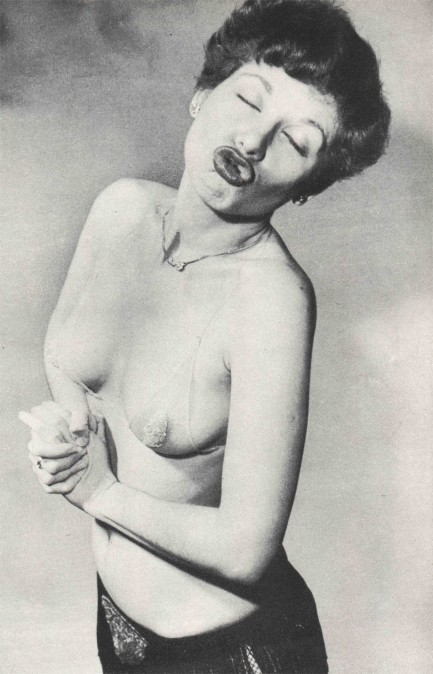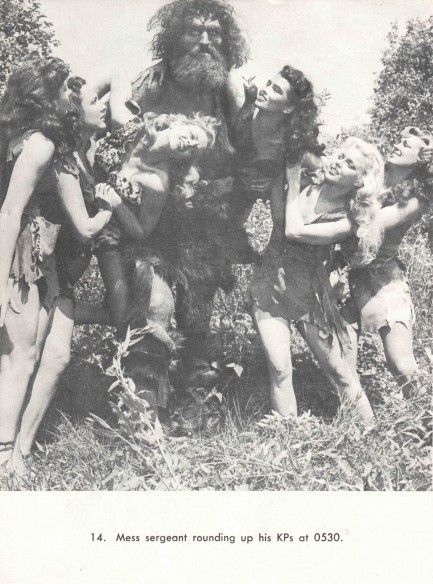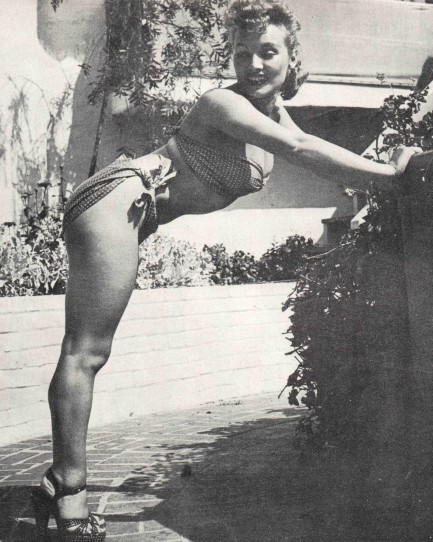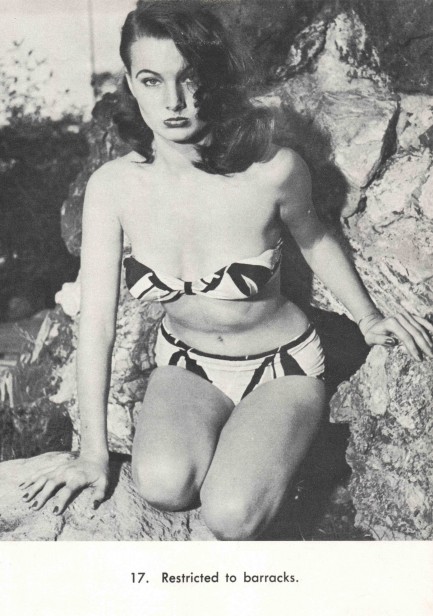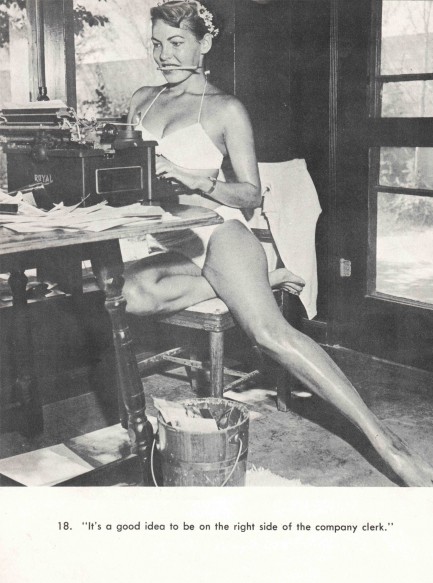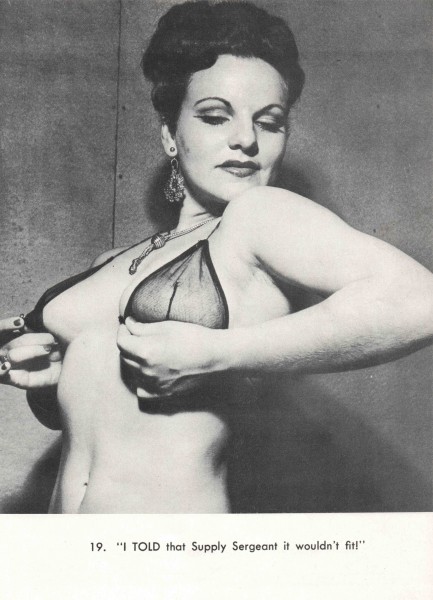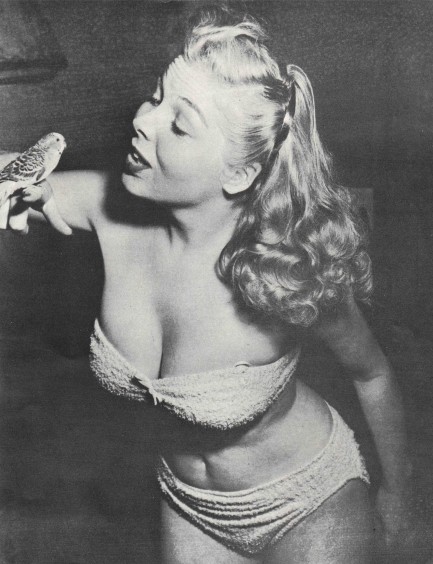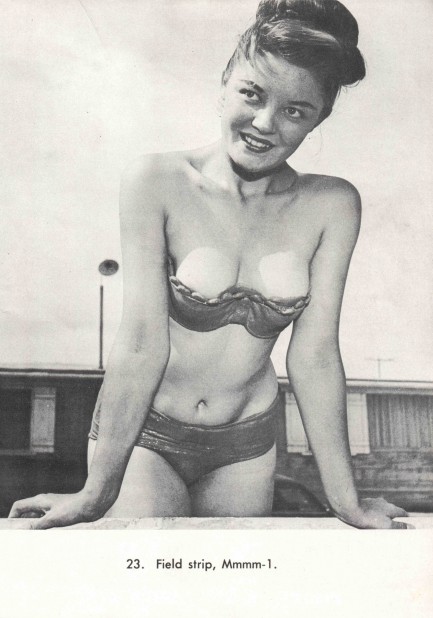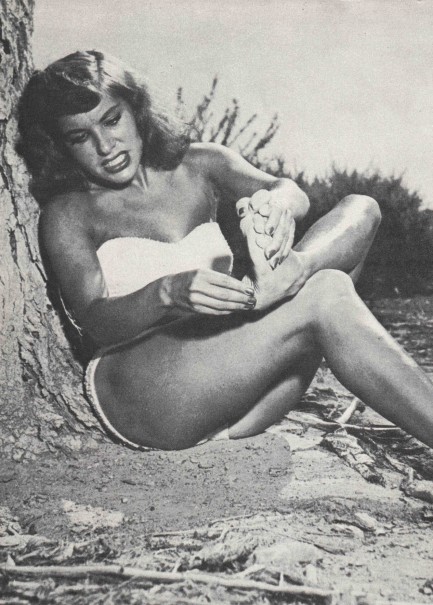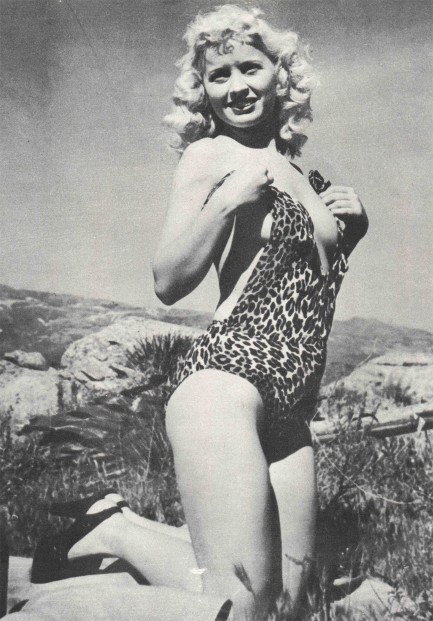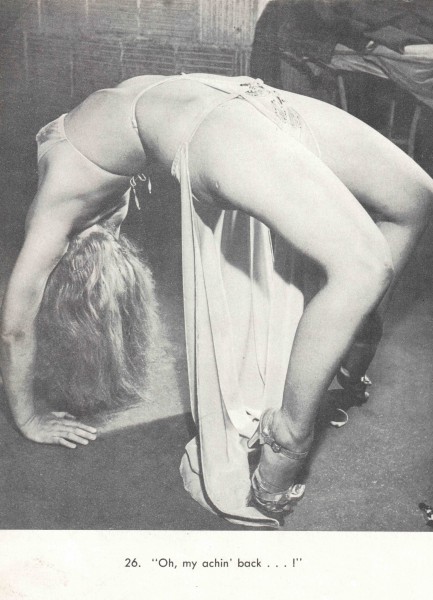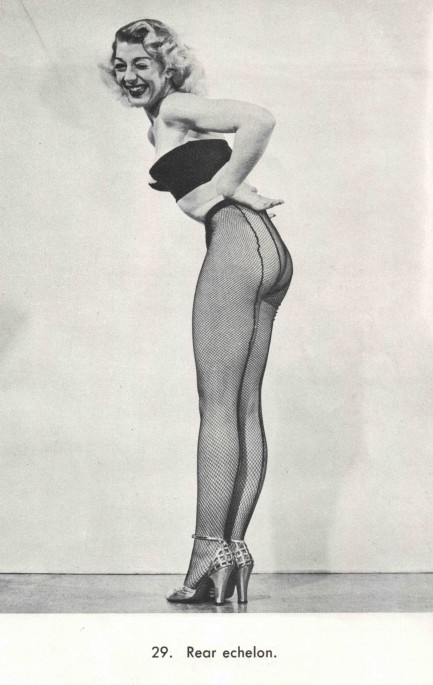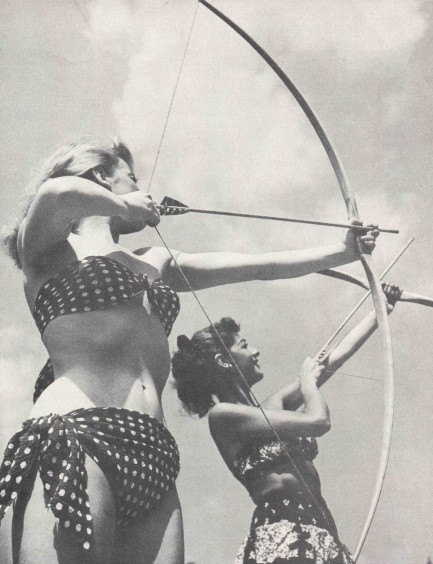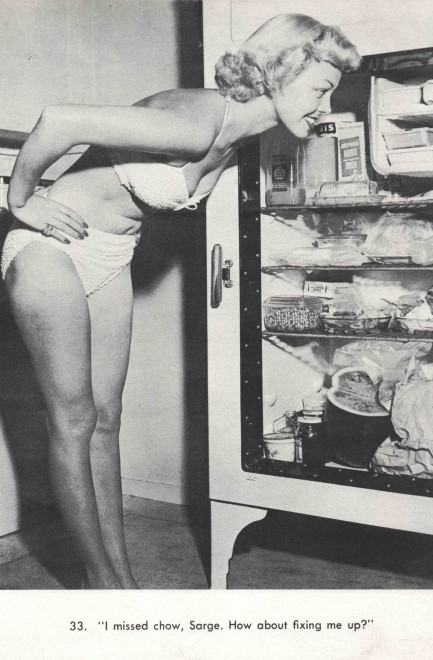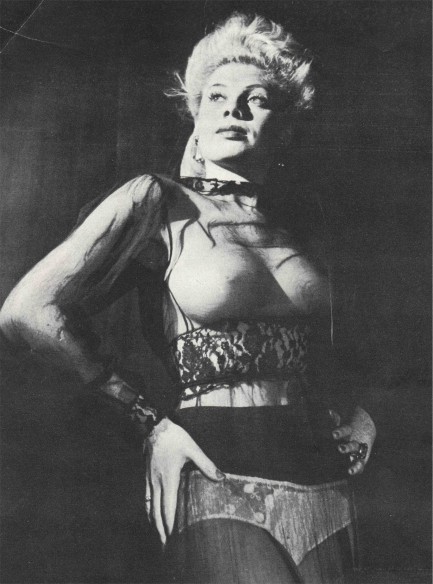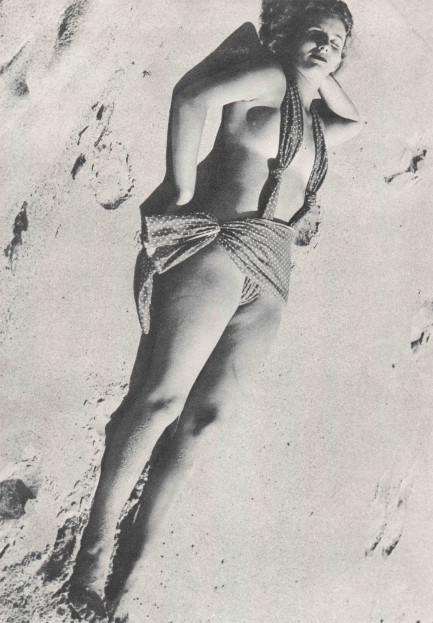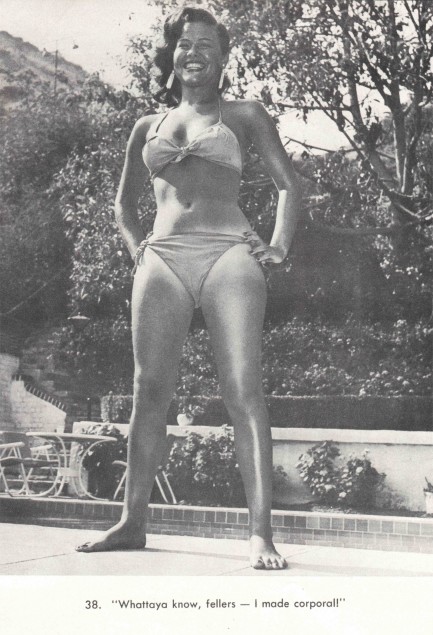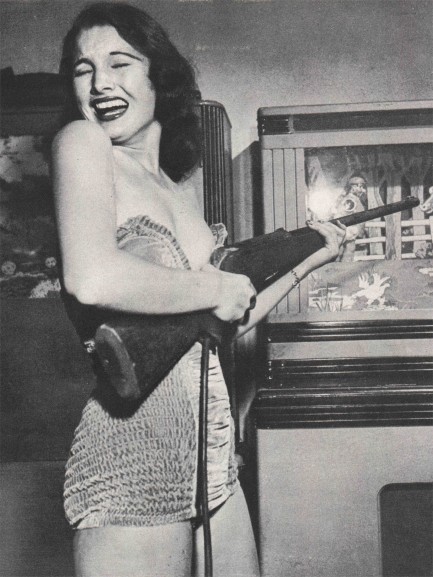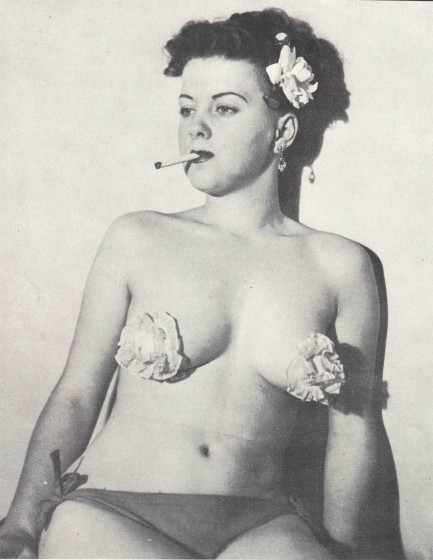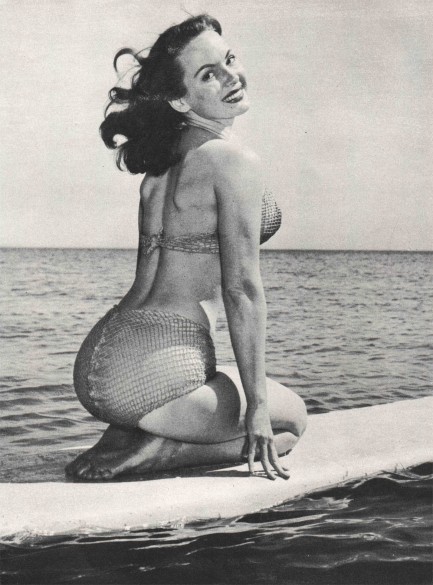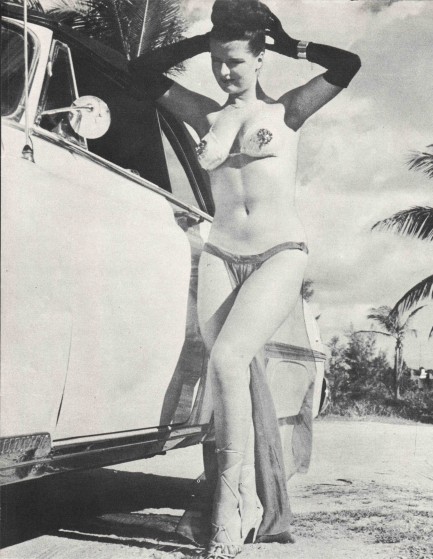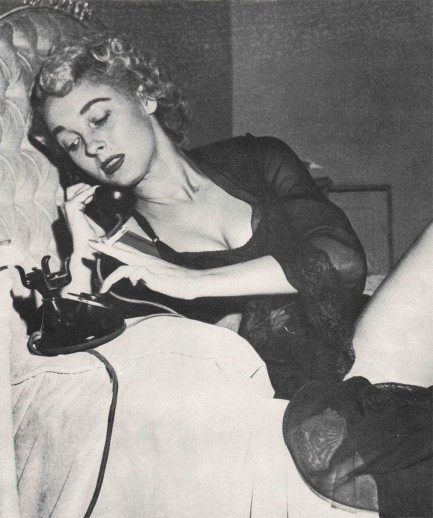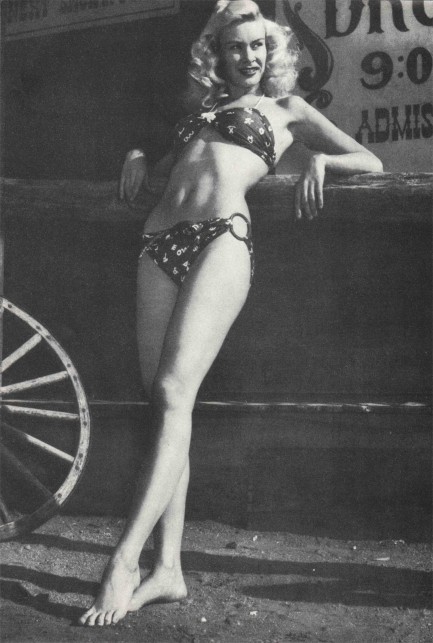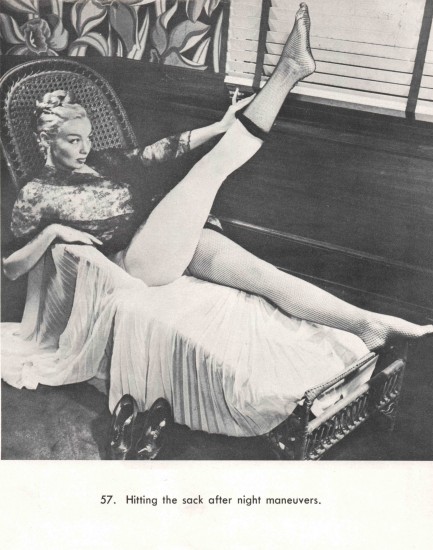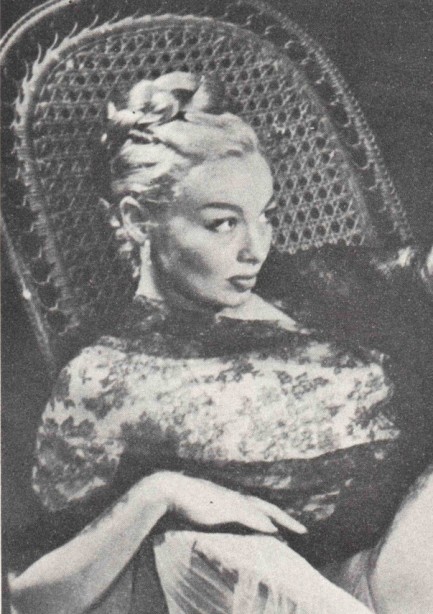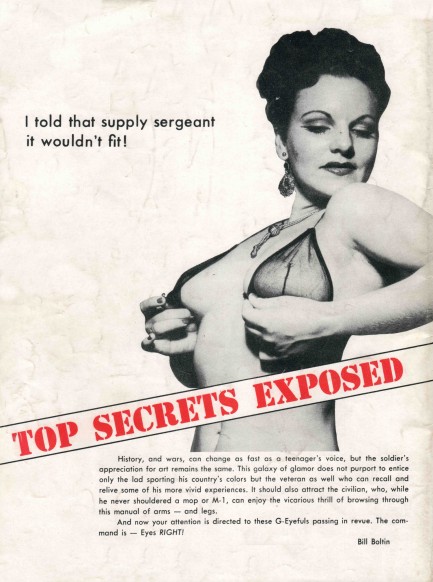| Femmes Fatales | Sep 8 2023 |

She always got the juices flowing.
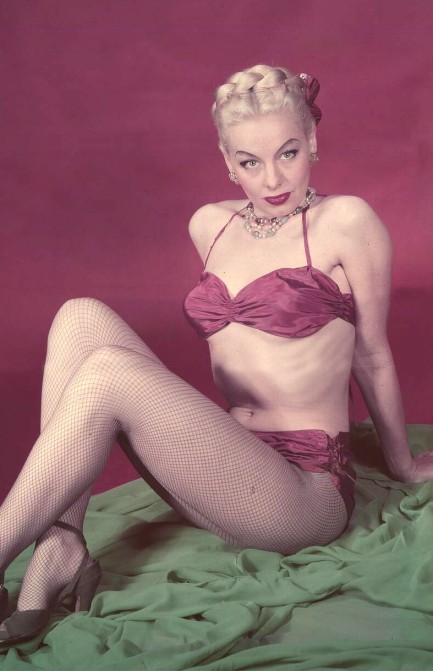
We ran across the above photo of mid-century burlsque queen Lili St. Cyr today, and it was all we needed to decide it was high time to repost her. She's looking particularly picturesque here. We have many entries on her, and certainly will have more, but as a service to you (clicking keywords will let you see everything), we'll make your work easier by pointing to two favorite images here and here.
The practice of burlesque resides in a cultural gray area. The simmering debate is whether it is merely an artful exploitation of women's bodies, or is basically feminist in nature because of the agency the dancers possess. People more serious than us will decide that. We just think she looks cool, and we regard her on the terms she chose: as a dancer and model. Life can be so simple when you let other people do the worrying.
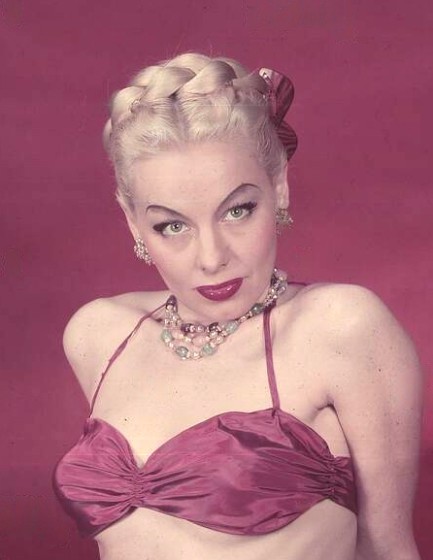
| Intl. Notebook | Nov 20 2022 |

In show business the camera never sleeps.
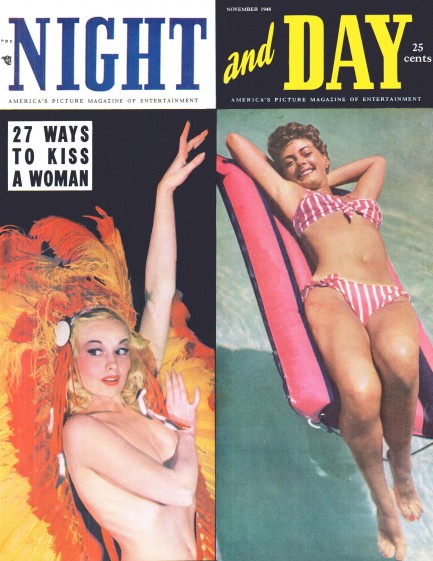
Night and Day, for which you see the cover of an issue—its very first issue, actually—that was published this month in 1948, billed itself as America's Picture Magazine of Entertainment. It was launched in New York City by Alho Publishing, and as you'll see it came out of the gate swinging for the fences with its visual content, from its bisected cover featuring burlesque dancer Lili St. Cyr and actress Ramsey Ames, to its tongue-in-cheek feature on the twenty-seven types of kisses, to its approving look at George White's Scandals revue at Hollywood's Florentine Gardens. Interesting side note on Scandals—Wikipedia says it ended in 1939. Well, obviously not quite. Elsewhere Night and Day touches on college hazing, professional football, and the Greenwich Village art scene. In total, it's a gold mine for vintage photos.
Our favorite offering in the magazine is its quiz on Hollywood stars and their stand-ins. You just have to take a good look at twenty performers, and try to determine which twenty random people are their stand-ins. To score well on such a quiz you'd have to be either the biggest Hollywood head in history or someone who has the opposite of face blindness, whatever that would be. Face unforgettability, maybe. Even though we don't expect many people to try the quiz, we worked hard to put it into internet-usable form. In the magazine the photos were five-across on the page, which made them too small for the column width of our website. So we rearranged them to be two-across, and thus enlarged, they're clear, though you have to do a lot of scrolling. Nevertheless, it's there if you want, along with fifty other panels to eat your time with marvelous efficiency. Please enjoy.
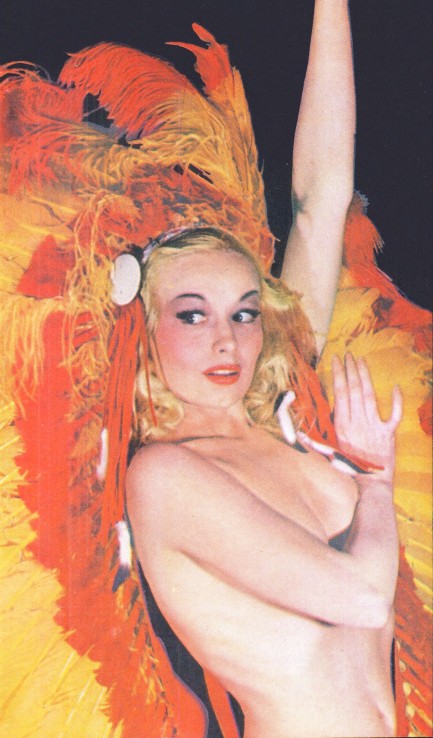
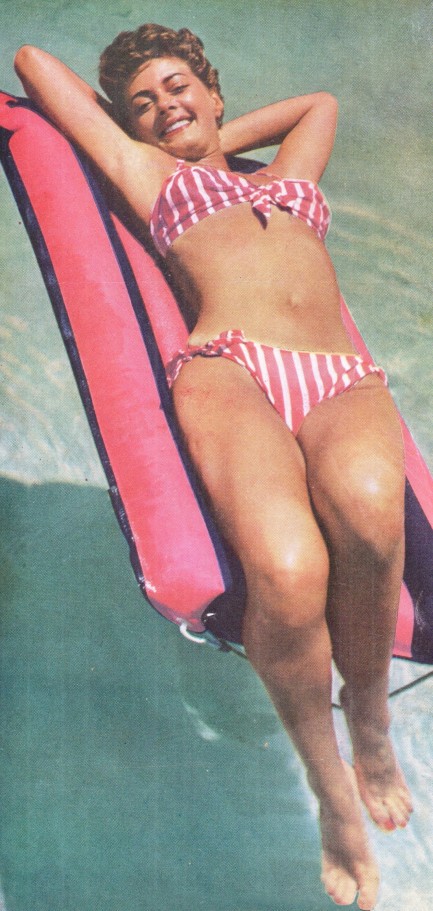
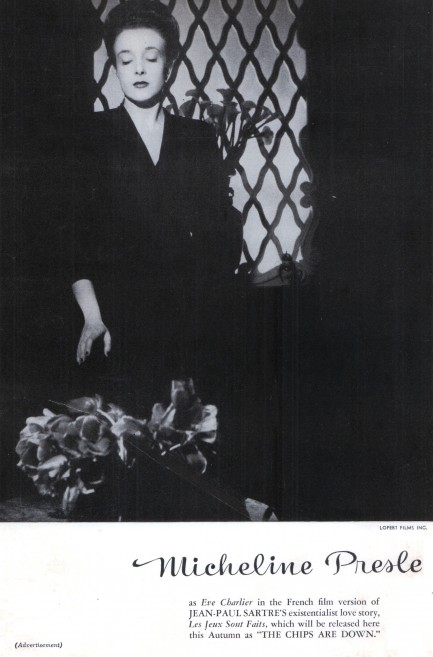
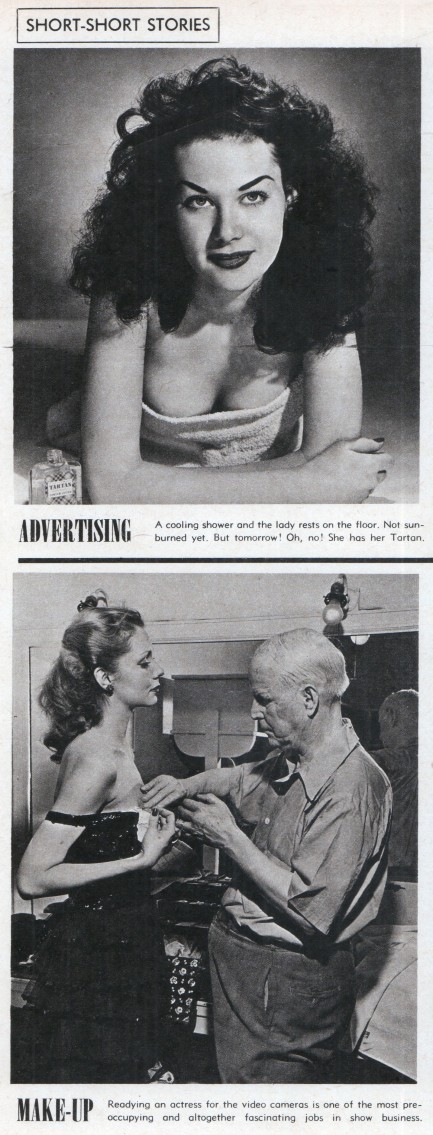
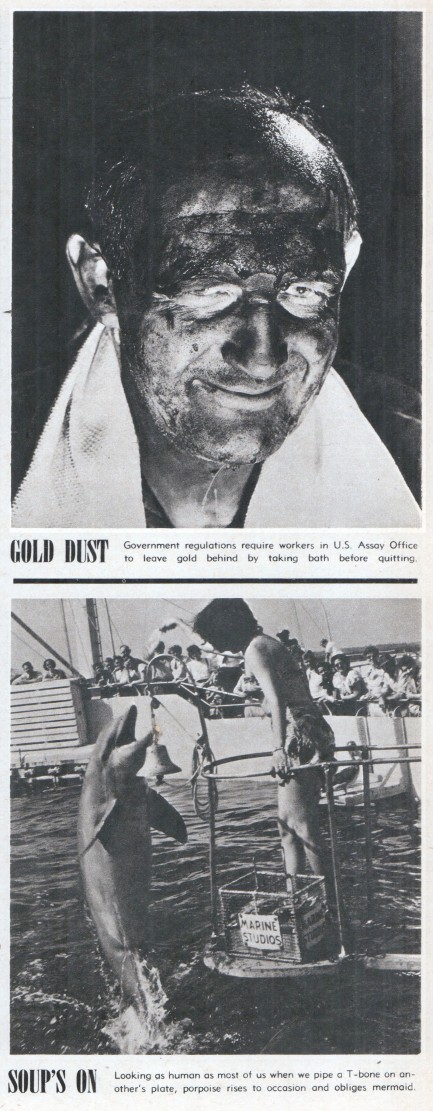
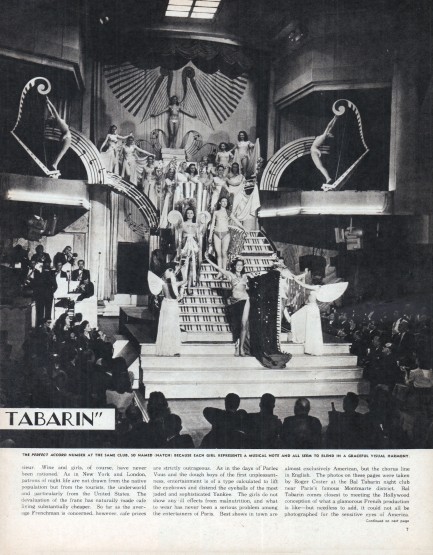
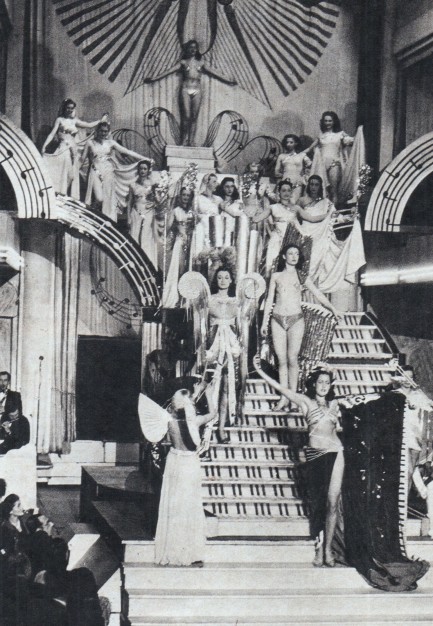
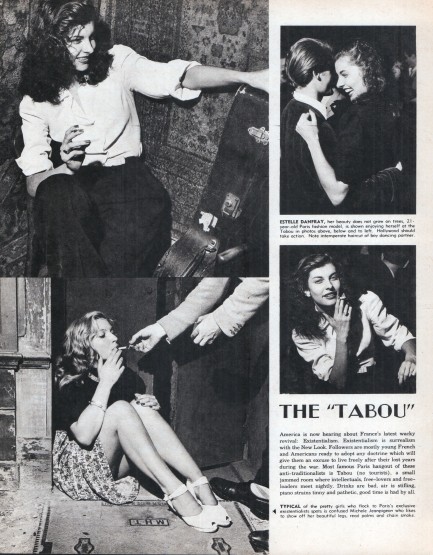


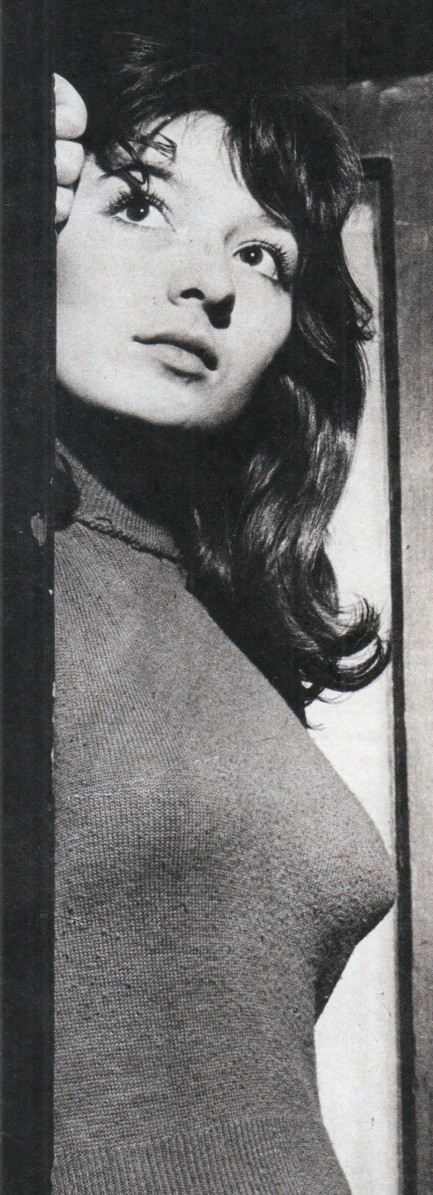
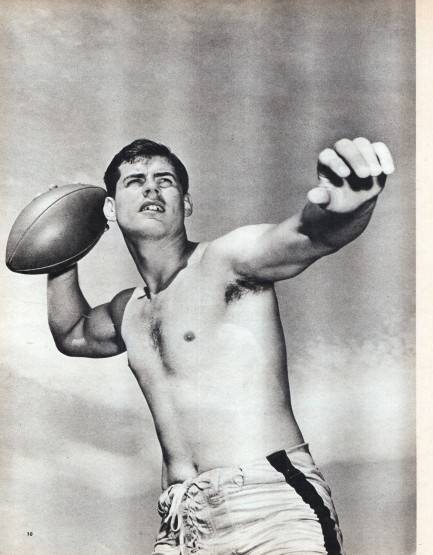
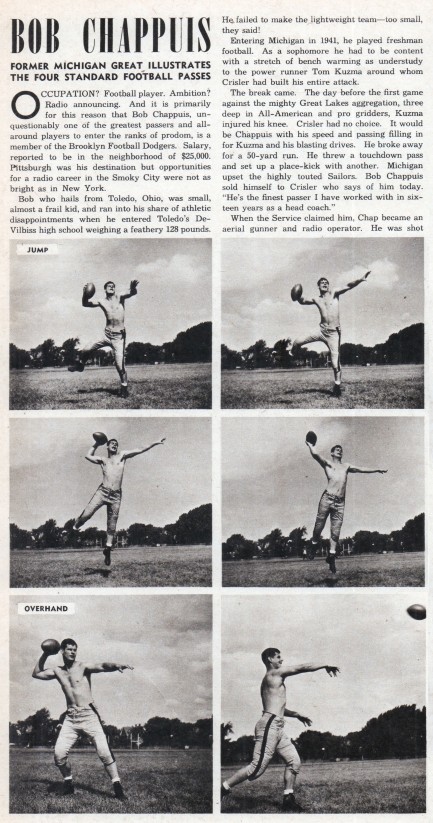

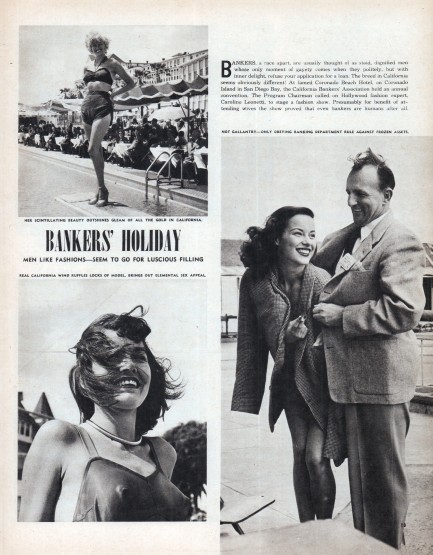
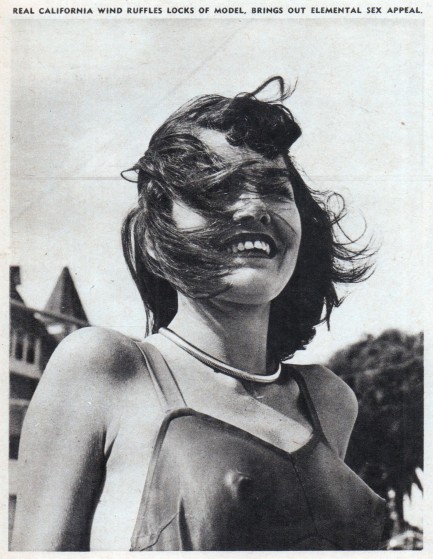
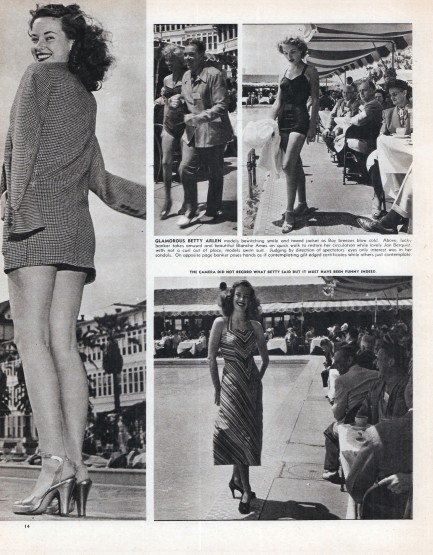
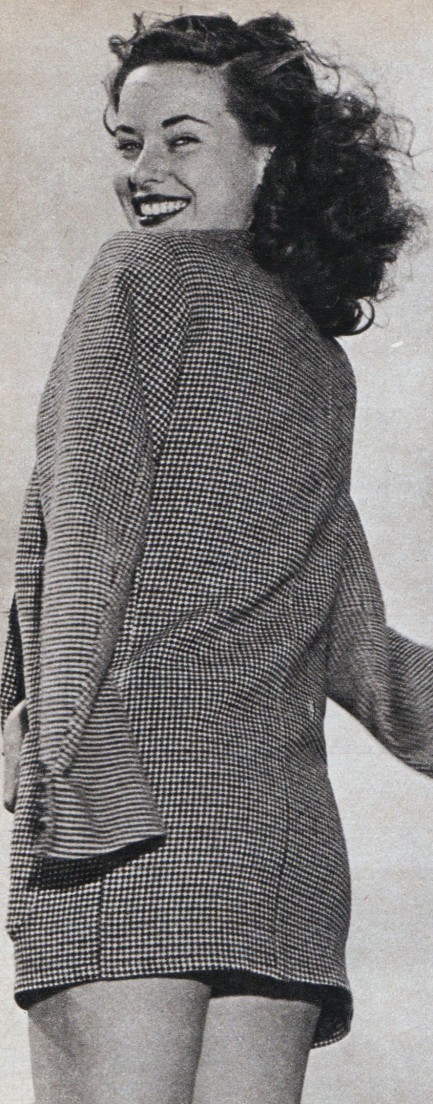
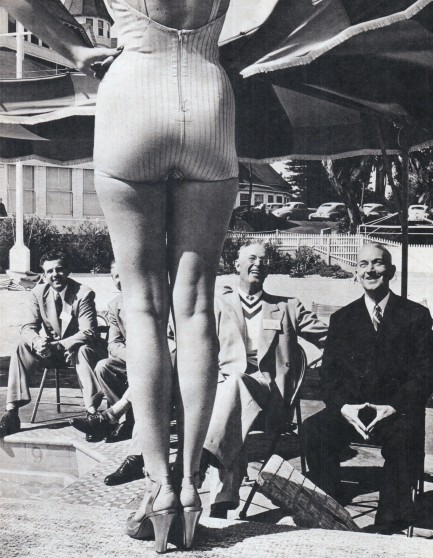
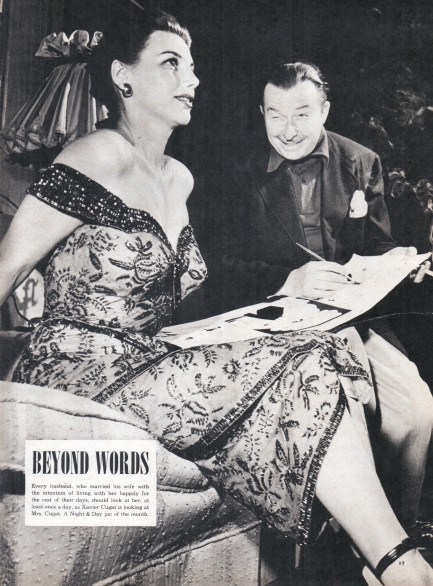

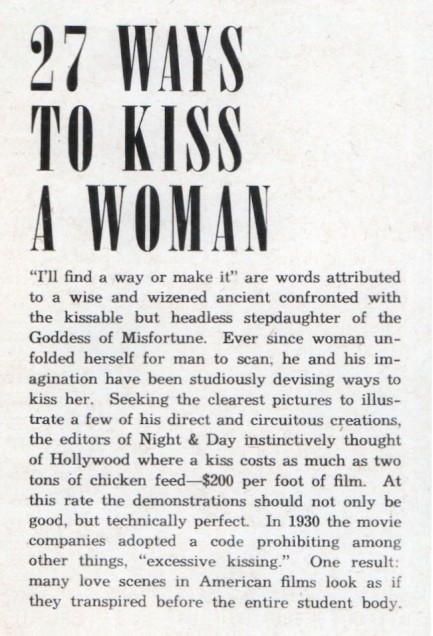

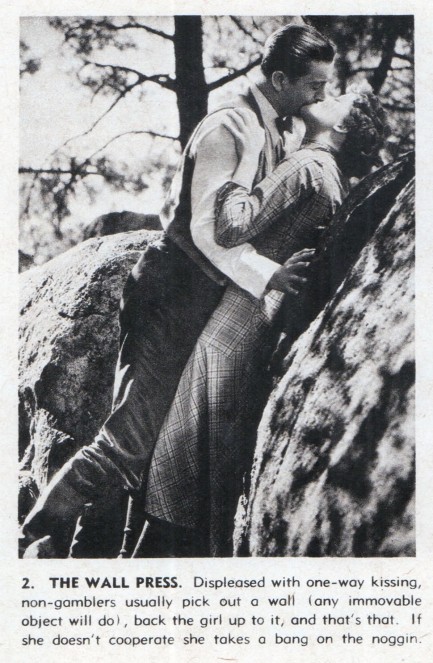
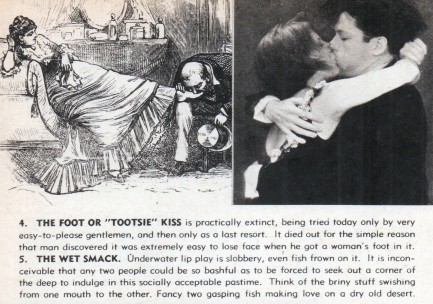
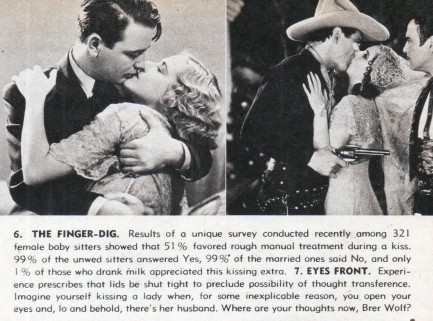
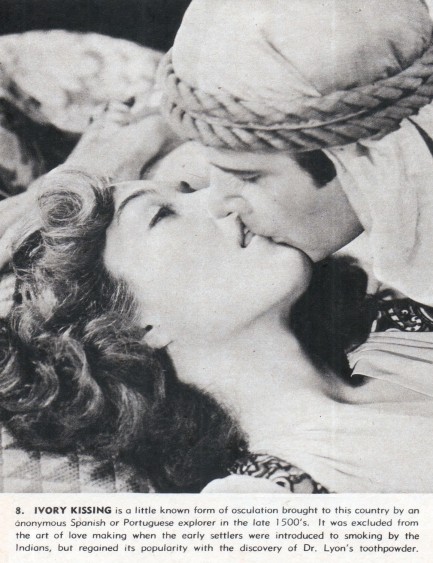

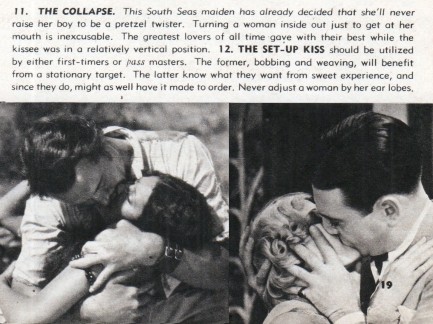
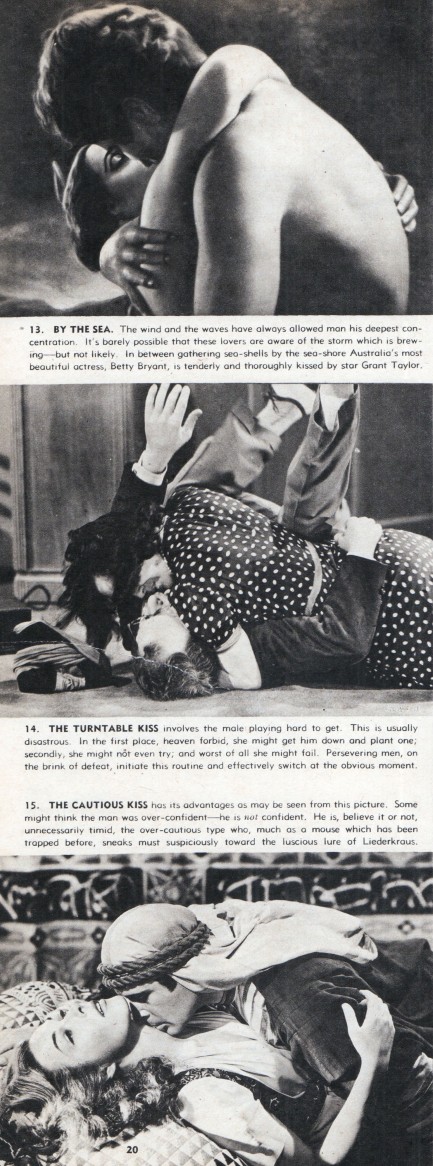
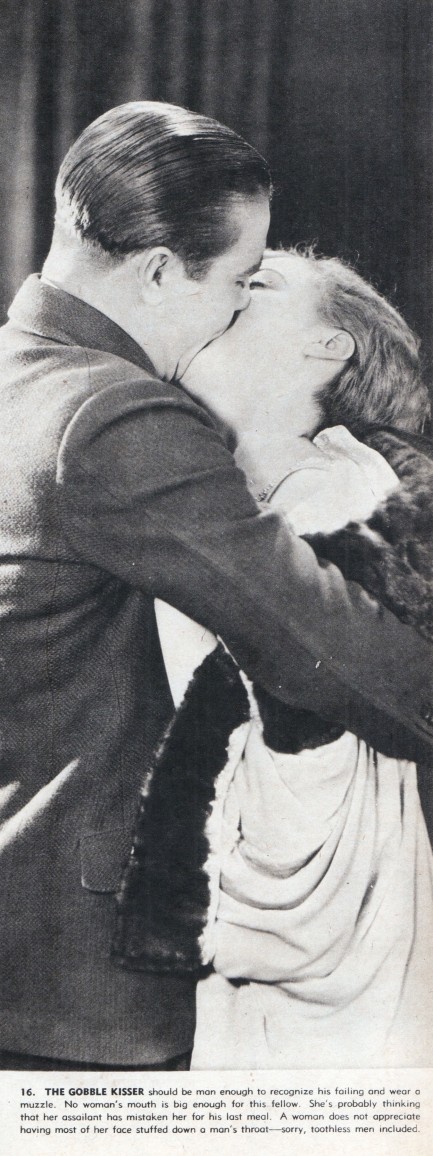
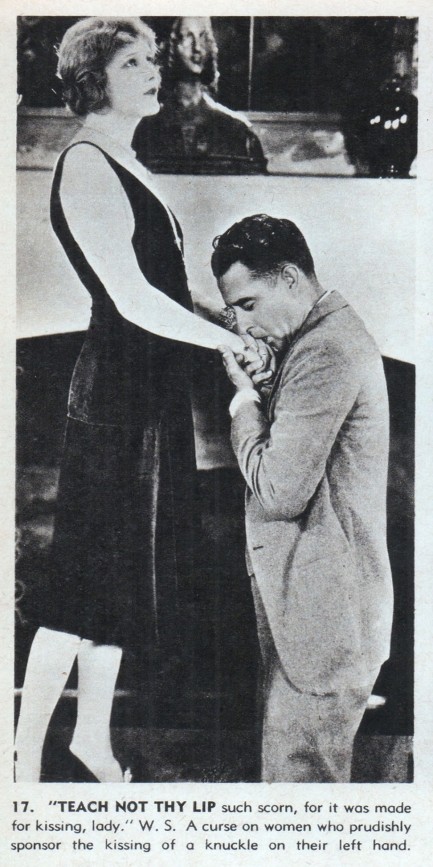
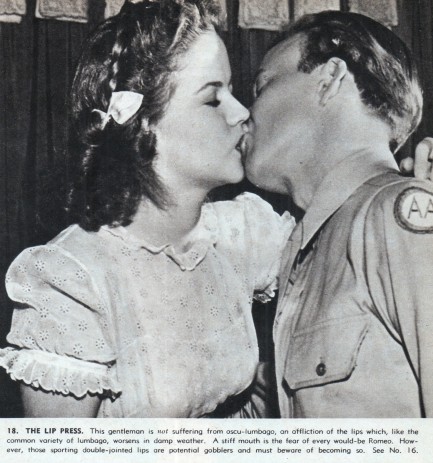
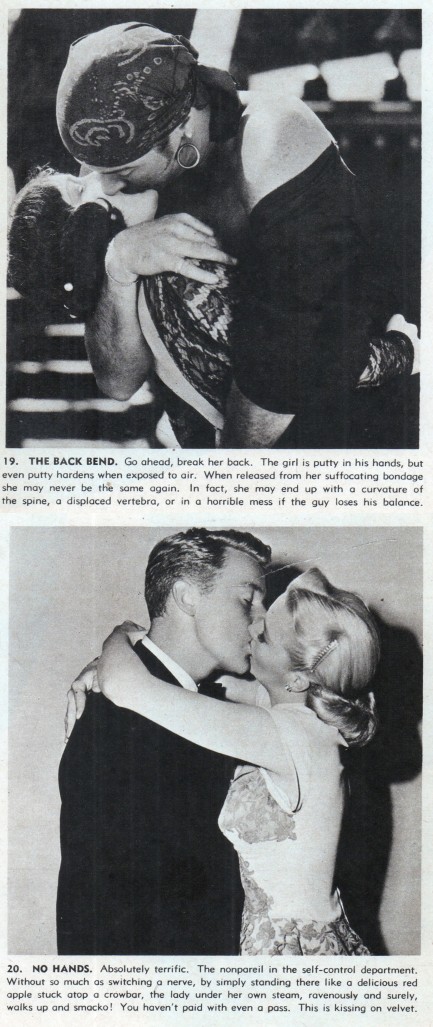


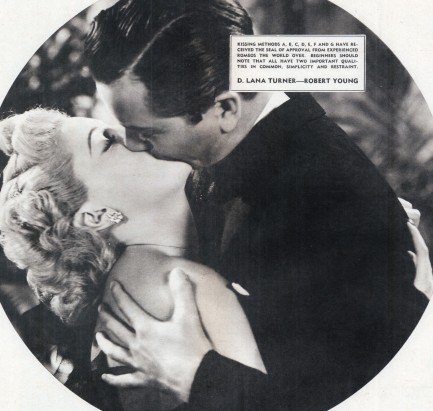


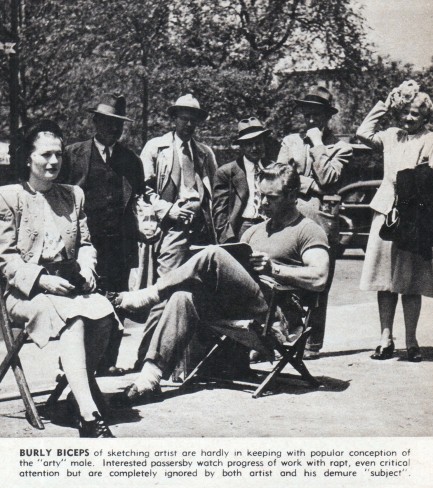
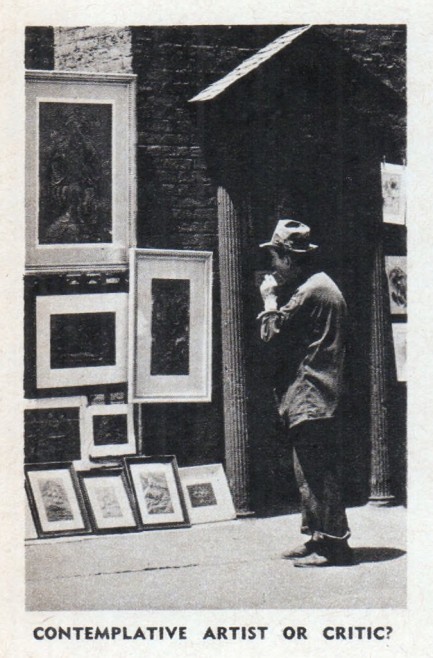
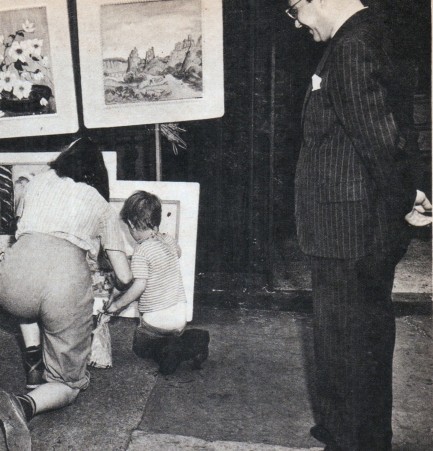

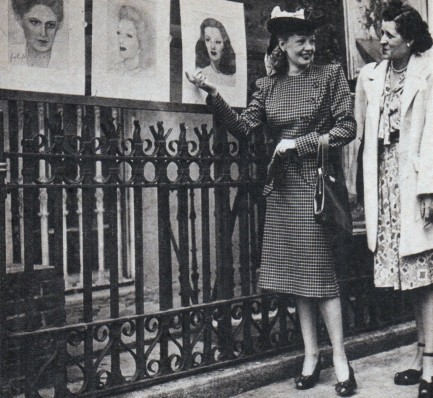


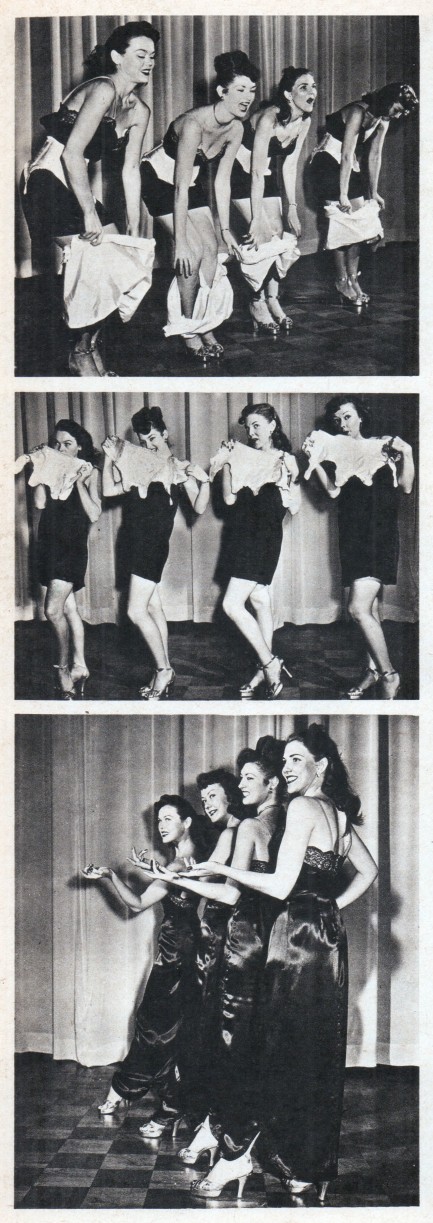
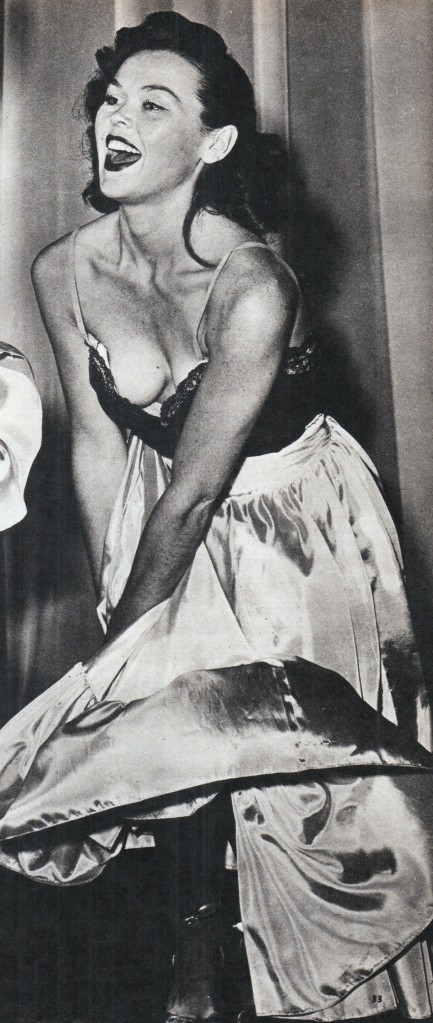

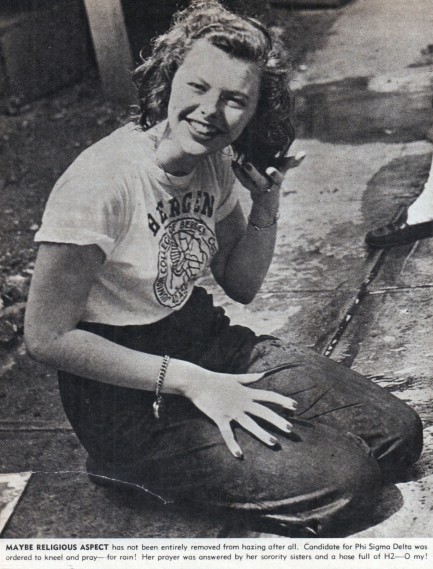
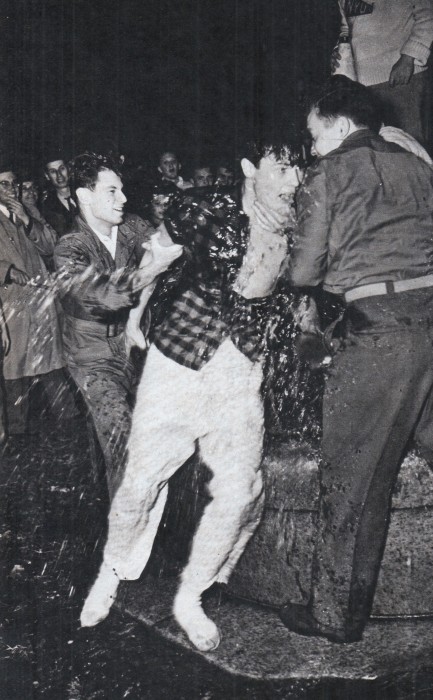



















































The Hollywood movie star stand-in quiz begins below. First you get twenty famous actors and actresses:


And below are their twenty stand-ins. If you get more than half of these right you're a human face recognition algorithm. Quit your day job immediately and report to the FBI.
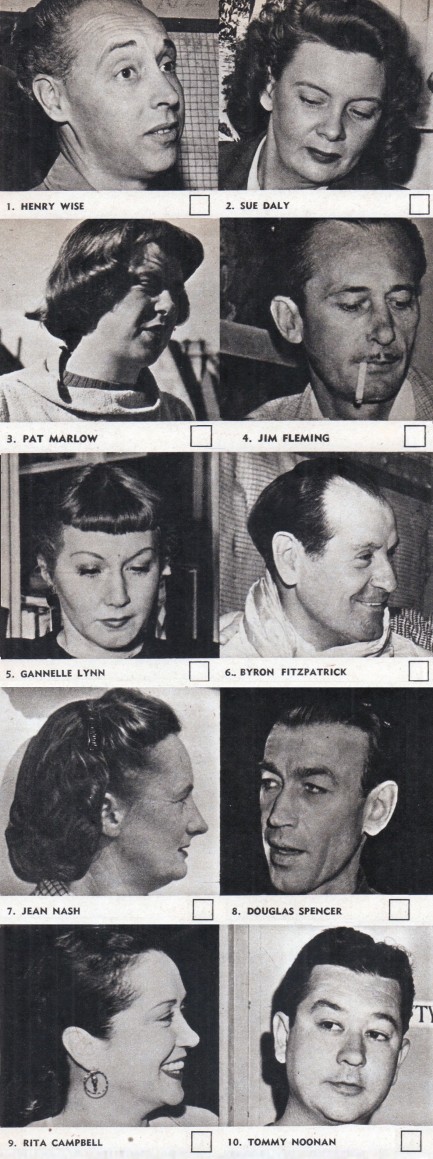
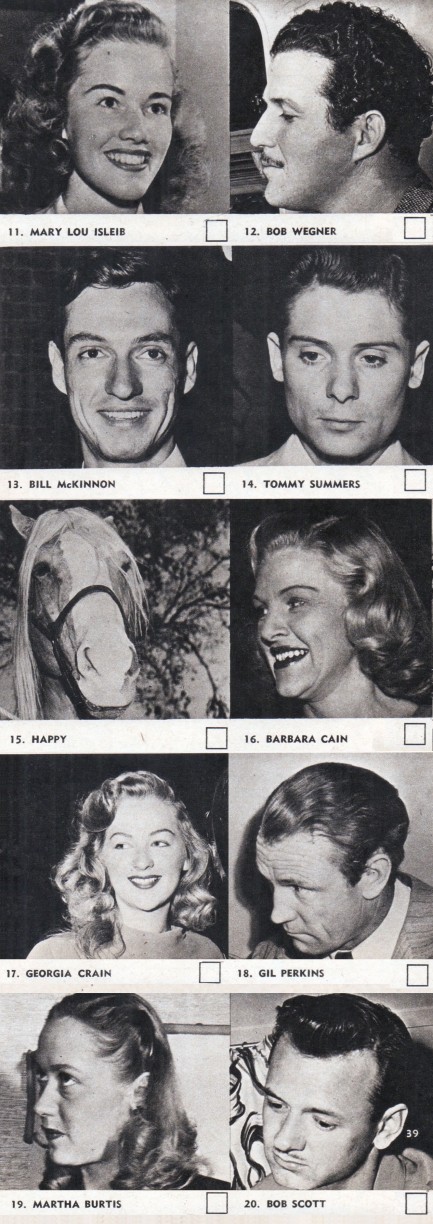
Below are the answers.

New York CityHollywoodAlho PublishingNight and DayGeorge White's ScandalsGeorge WhiteLili St. CyrRamsey AmesBetty ArlenXavier CugatLorraine AllenMicheline PresleBob ChappuisJuliette GrecoEstelle DanfrayEvelyn KnappCharles BickfordGreta GarboConrad NagelFay WrayJoel McCreaLana TurnerRobert YoungJean HarlowJames CagneyLupe VelezJohn HollandRochelle HudsonWalter Byronburlesque
| Vintage Pulp | Jun 2 2022 |

Sinbad may be the star but it's the dancers who shine brightest.
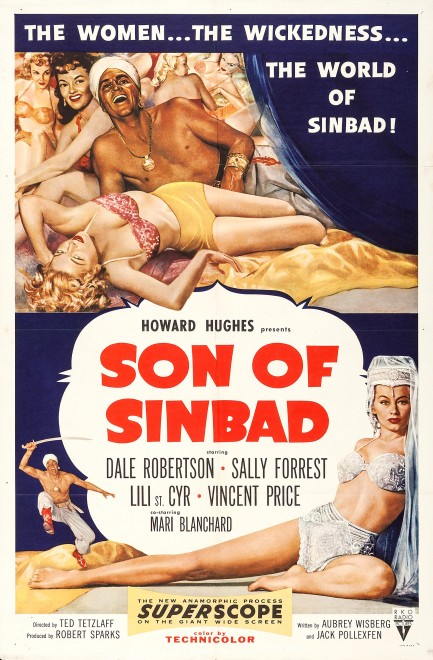
Howard Hughes had an entire slate of personal flaws, not least of which was that he was a frothing racist, but in terms of filmmaking he understood the concept of value-added cinema. He often battled censors, because if he had a beautiful actress on hand he'd build something around her that was as provocative as the market would bear. Jane Russell is his most famous protégée, but he shaped projects for Jean Harlow, Gina Lollobrigida, Faith Domergue, and others. In Son of Sinbad he wanted to show Lili St. Cyr to great advantage, and along the way, in typical fashion, added more, more, and more. He brought aboard MGM dancer-actress Sally Forrest and famed peelers Nejla Ates and Kalantan to compliment St. Cyr, made them all ornately clad harem girls, and ended up with a movie that was nearly banned.
The stars of Son of Sinbad are Dale Robertson as the fictional Sinbad's son and Vincent Price as the historical figure Omar Khayyám, and in the story, which is set in Baghdad, horny Sinbad is busted making time with one of the Sultan's harem girls and is imprisoned along with Omar. In exchange for his freedom Sinbad reveals the existence of Greek fire, a dynamite-like explosive, which could come in handy because the Sultanate is at war with the Tatars. Sinbad doesn't actually have the secret to this weapon himself—it's locked inside the head of his friend Kristina, who can only reveal the process for making it while hypnotized. The Sultan is suitably impressed after a demonstration and agrees to free Sinbad and friends, but due to some palace spying third parties have learned about the weapon, and from that point forward more complications ensue.
While Son of Sinbad is a fantasy adventure with elements of comedy, audiences also knew to expect titillation from RKO Radio Pictures, and the movie leans into that expectation with its sexy costumed dance numbers. Any movie that offers St. Cyr in motion is automatically recommended, and you'll get a sense of why she was probably the most famous burlesque dancer in America, though neither she nor the other dancers remove much clothing. Even so, it's a nice showcase of the burlesque arts, and the dancing offers reason enough to watch the film, and would even if the movie were terrible.
However, the bonus here is that the movie isn't terrible. The lavish sets, beautifully painted backdrops, and colorful costumes transport the viewer—not to ancient Baghdad, but to a magical, soundstage-bound, Technicolor realm similar to that from old Bible flicks. Robertson is fine as Sinbad Jr., but Price, as he tended to do, excels in his second banana role. The man was a born star, and a born ham. As long as you don't expect a masterpiece you'll be entertained. And as a point of added interest, Kim Novak makes a quick and uncredited appearance as a Tatar woman. It was her first screen role, but because the movie was delayed—like many Hughes projects—it was not the first time audiences had seen her. Son of Sinbad did eventually hit cinemas, though, premiering after more than a year of delays, today in 1955.
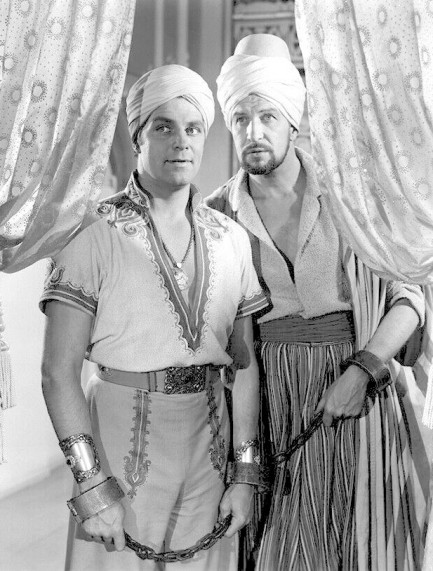
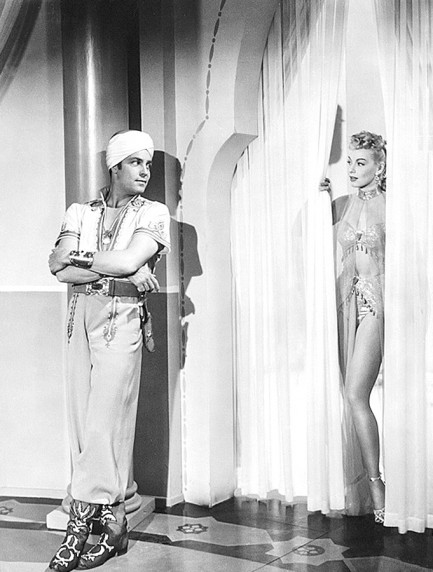

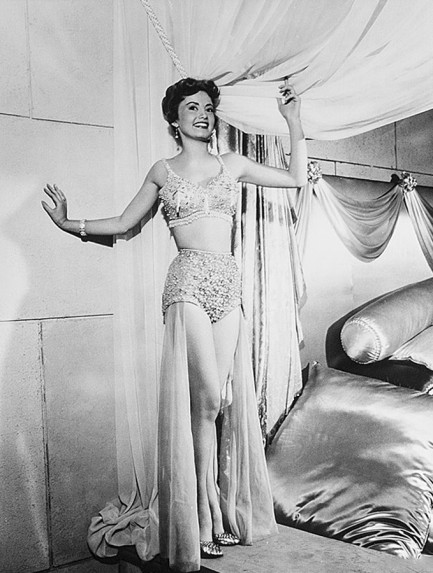
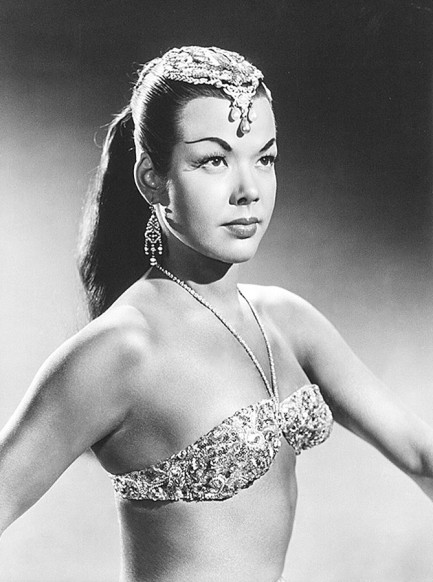
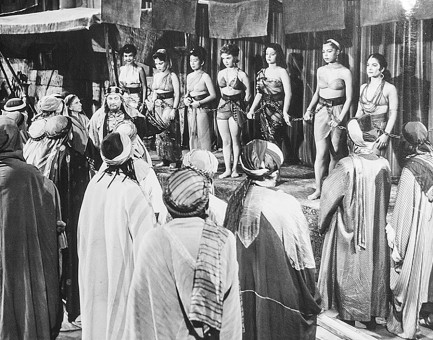
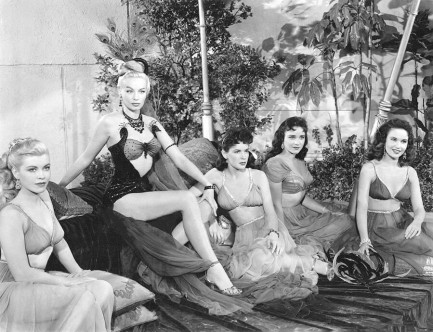
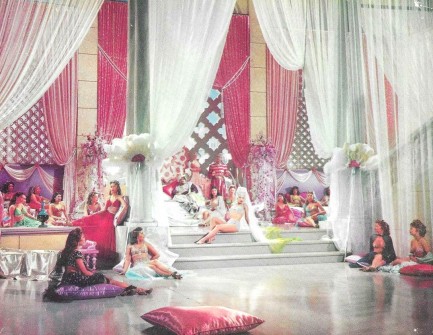
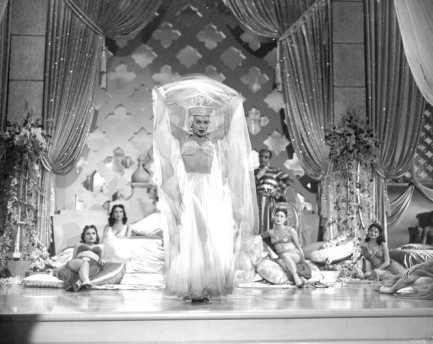
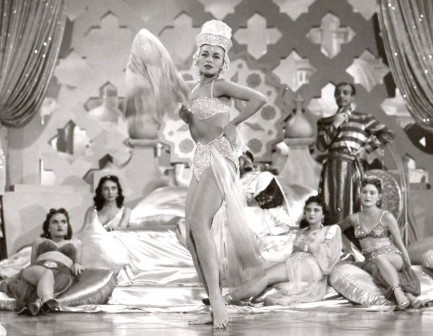
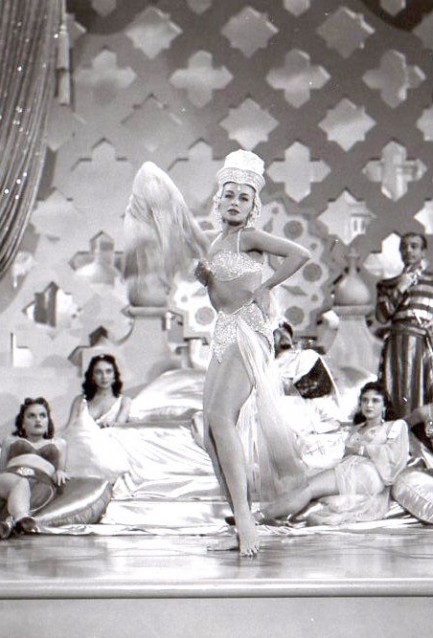
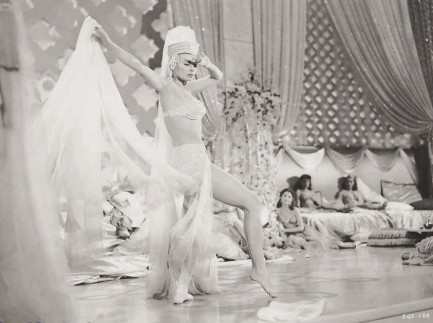
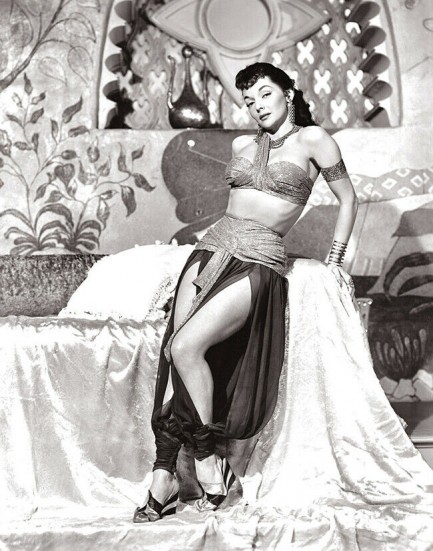
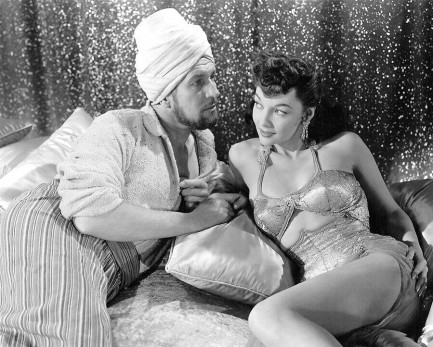
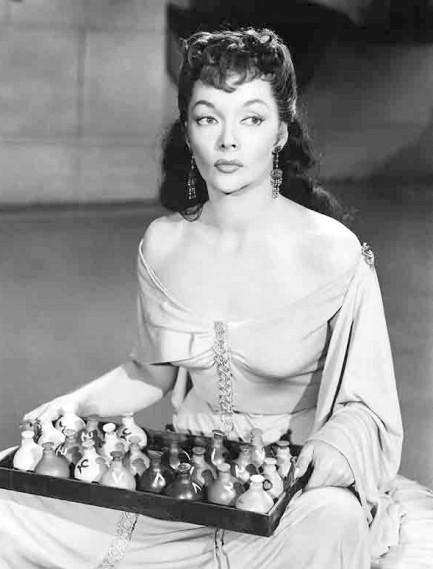
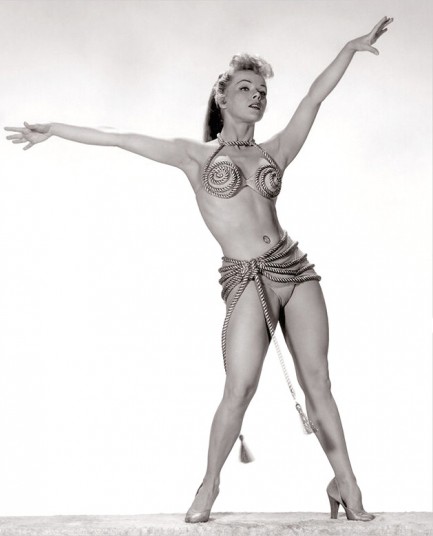


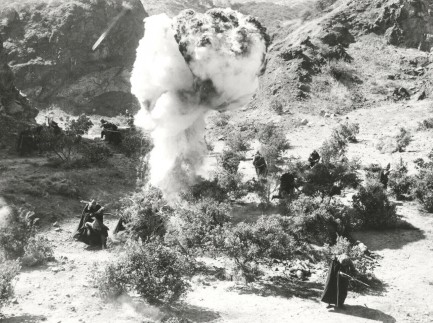
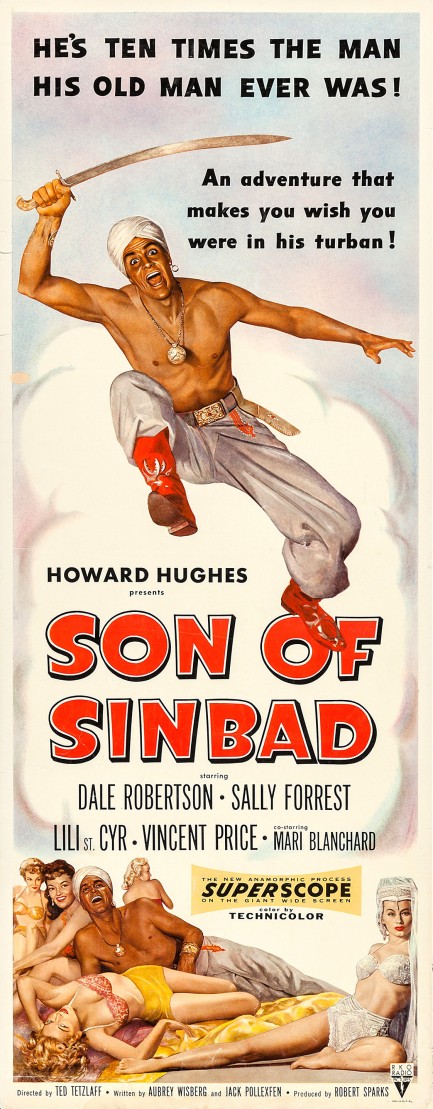
| Intl. Notebook | May 10 2022 |

It was a place filled with natural wonders.
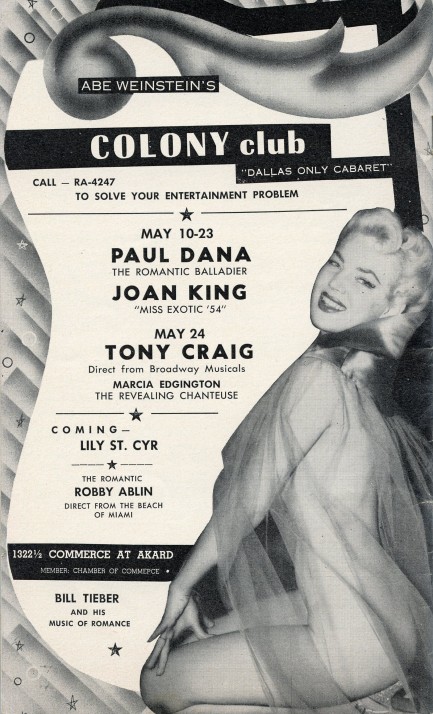
We found this advertising flyer for Abe Weinstein's famed Dallas burlesque venue the Colony Club floating around online, and we think its lovely model and deliberately skewed text make it interesting enough to share. An image search doesn't reveal where online it originated, but its size (1,600 pixels wide) causes us to suspect it first appeared on someone's blog. Abe Weinstein, along with his brother Barney, was a big player in the Dallas nightclub scene, and dancers that passed through his clubs included Lili St. Cyr and Candy Barr.
As the line-up from May 10th to 23rd 1954 indicates, musical entertainment was part of the draw too, helping to attract not just men, but couples. The lingerie-clad woman, presumably a dancer, gracing the front of this flyer is not known to us. We figure she could be the Joan King mentioned, but there were no images of Joan King online when we searched.  We'll keep an eye out. In the meantime, if any of you can identify this person, feel free to get in contact.
We'll keep an eye out. In the meantime, if any of you can identify this person, feel free to get in contact.
 We'll keep an eye out. In the meantime, if any of you can identify this person, feel free to get in contact.
We'll keep an eye out. In the meantime, if any of you can identify this person, feel free to get in contact.The infamous Jack Ruby owned a club called the Carousel on the same street as the Colony. While the Colony worked to cultivate an aura of reputability, Ruby's club was a dive that he opened above a delicatessen two doors away in hopes of capturing Colony's overflow. His musical entertainment was a bump and grind band, he sometimes showed porno reels before the dancers went onstage, and some of the girls were said to moonlight as prostitutes.
Ruby and Weinstein didn't get along. Weinstein even barred Ruby from the Colony for trying to hire away the staff, and, according to Weinstein, Ruby threatened to kill him a week before he shot Lee Harvey Oswald. Just another tidbit from the dark annals of American history. But back to the original subject of burlesque, we have dozens of entries about it. We can't find all of them right now because time is short today and there are more than 6,400 posts in the site, but we located some good ones here, here, here, here, here, and here.
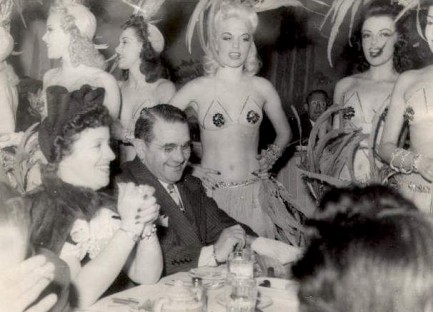 Abe Weinstein surrounded by some of his dancers.
Abe Weinstein surrounded by some of his dancers.| Vintage Pulp | Jan 23 2022 |

Damn it feels good to be a gangsta.

Above you see a U.S. promo poster for the crime drama I, Mobster, starring Steve Cochran in a rags-to-riches, innocence-to-corruption tale of a neighborhood kid who becomes a top man in the mob. The film was based on a 1951 novel of the same name published anonymously, but later identified as coming from the typewriter of Joseph Hilton Smyth, who also wrote Angels in the Gutter. The early plot driver is the mob's attempt to extort cash payments out of a powerful trade union. The plan is to offer services as “outside labor relations experts.” Cochran, as an ambitious footsoldier, expands the mob's vision, its areas of interest, and its profits. Pretty soon he's riding high, high, high. But it can't last. Of course not.
The film has the usual elements from this sub-genre: the round-the-way girl who offers redemption, the wailing mom who implores her son to go straight, the unimpressed father who eventually disowns him, the mob boss who's worried about his brash number two, and the ticking bomb—i.e. the seeds of destruction planted earlier. Here it's a little boy who knows Cochran killed a man. He grows up and becomes enfolded in the mob too, which places him in perfect position to blackmail Cochran. But Cochran is a tough cookie. It may take more than an ambitious twenty-something to bring him down, and it may be that the true seeds of destruction were planted earlier and elsewhere.
While the plot elements may be typical, the cast isn't. Cochran is a good, intense, underrated screen presence. Robert Strauss is perfect as Cochran's right hand man and steadying influence. The radiant Lili St. Cyr spices up the proceedings midway through with a burlesque routine. And the stunning Lita Milan is excellent as the good girl-turned-mob moll. In addition, the film is solidly directed. You often see I, Mobster, described as an early Roger Corman movie. Does a director's twentieth movie count as early? Corman knows what he's doing here. His road forked into the dark woods of schlock, but helming this production, with a low budget, he managed to squeeze out a solid b-mobster flick. There's nothing fresh in it, but with this cast freshness isn't needed. I, Mobster premiered today in 1959.
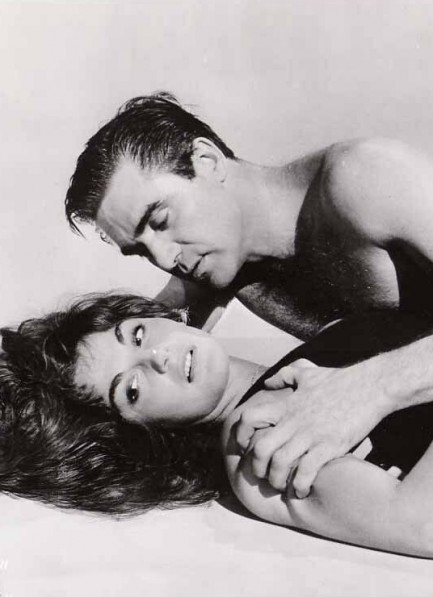 Don't play coy, baby. Would you rather be with a gangsta like me or some accountant from fuckin' donkeyville?
Don't play coy, baby. Would you rather be with a gangsta like me or some accountant from fuckin' donkeyville?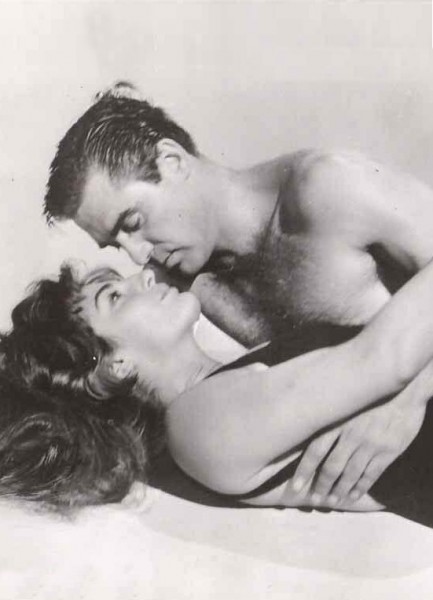 That's what I thought.
That's what I thought.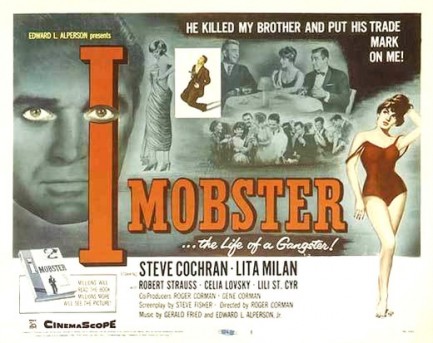
| Vintage Pulp | Nov 14 2021 |

Vintage glamour magazine produces treasure trove of rare celebrity photos.
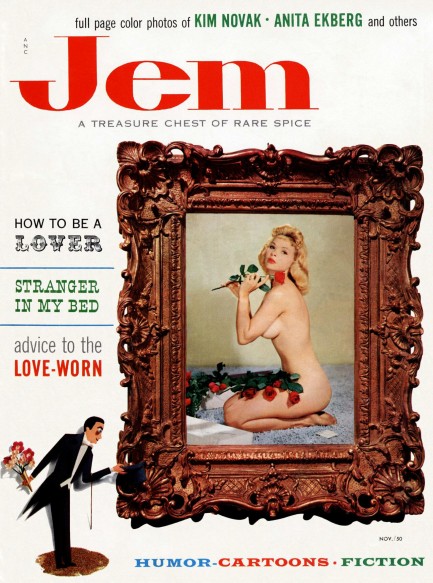
Above you see the cover of Jem magazine, founded by famed bodybuilder Joe Weider as one of the first high budget competitors to Playboy. He also launched the similar imprint Monsieur. The scans above and below are from the very first issue of Jem, published this month in 1956. It came out during the heyday of the era when magazines of this type gave equal billing to Hollywood celebrities and erotic stars (something we try to emulate on Pulp Intl.), which means you'll not only see rare photos of actresses like Anita Ekberg, Jayne Mansfield, and Kim Novak, but also burlesque dancer and model Candy Barr (on the cover and in the beautiful masthead page), model Betty Brosmer (who was Weider's wife), and dancer Lili St. Cyr. Jem also poached July 1956 Playboy centerfold Alice Denham, which must have served as a shot across Hefner's bow. In addition to all those attractions, you get illustrations by Dwight Howe, Ken Wyeth, John Martin, and Jack Lyons. The magazine is so vibrant we uploaded every page that had either photos or art, making for a whopping fifty panels to enjoy below. We found this on Archive.org, but we're going to see if we can locate a few in real life.
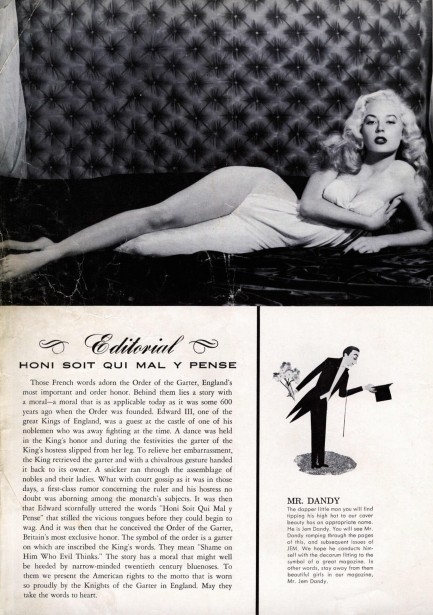

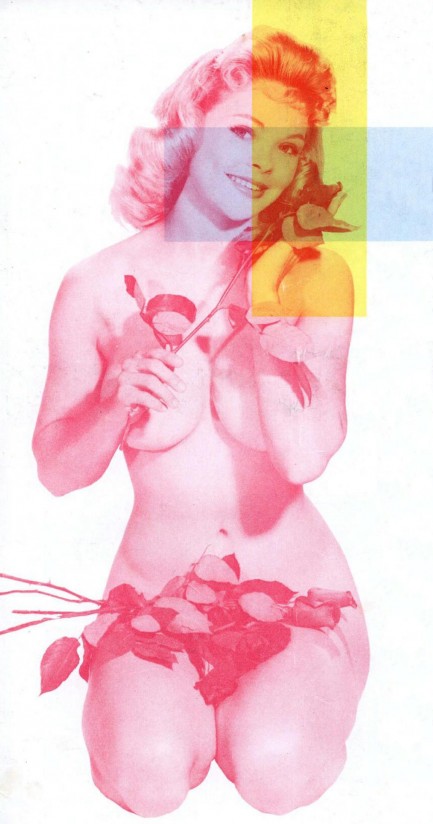
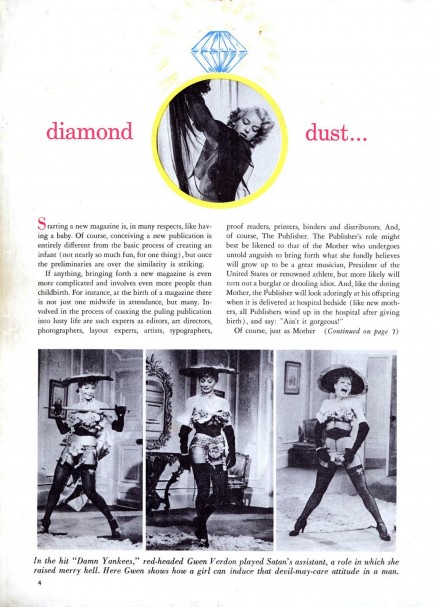
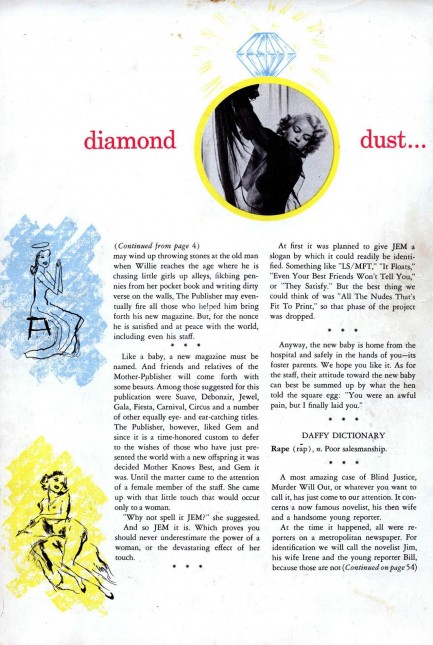
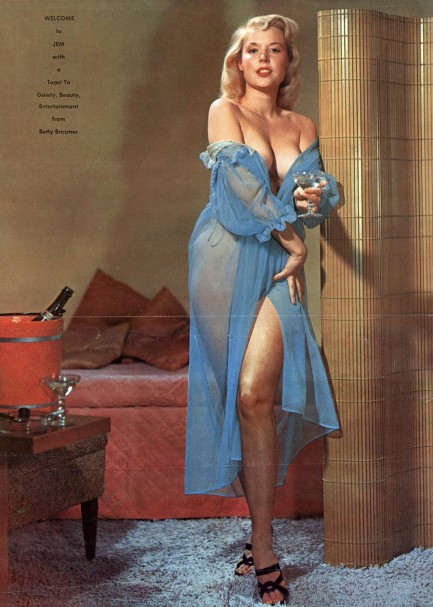
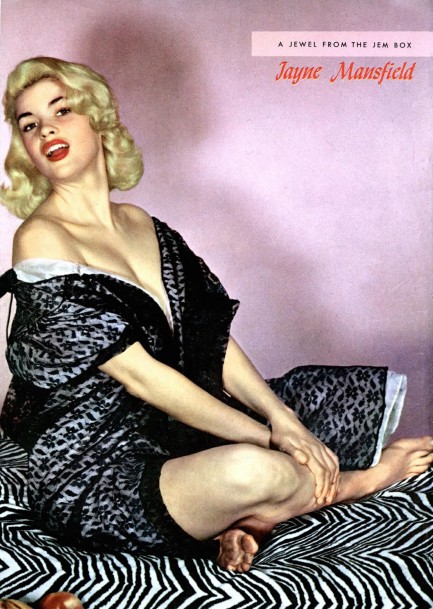
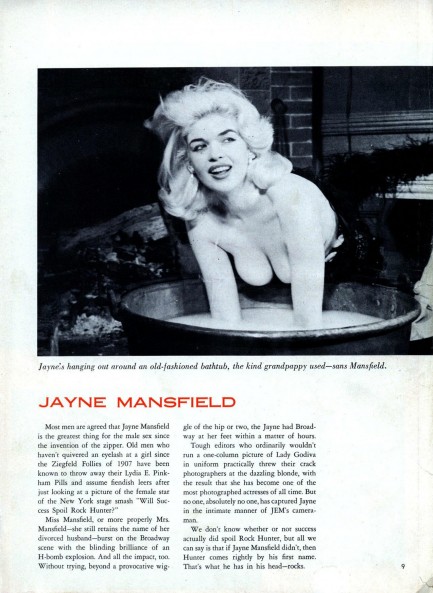
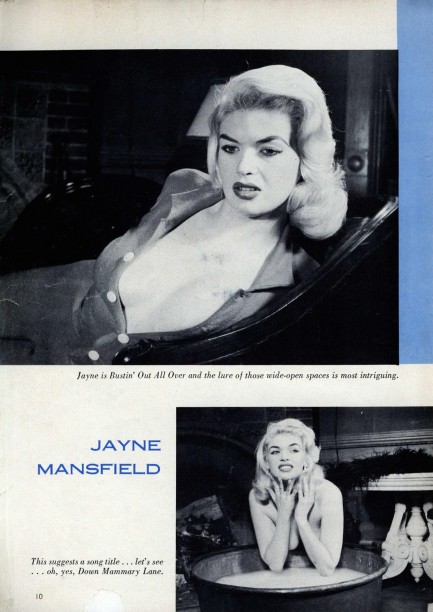
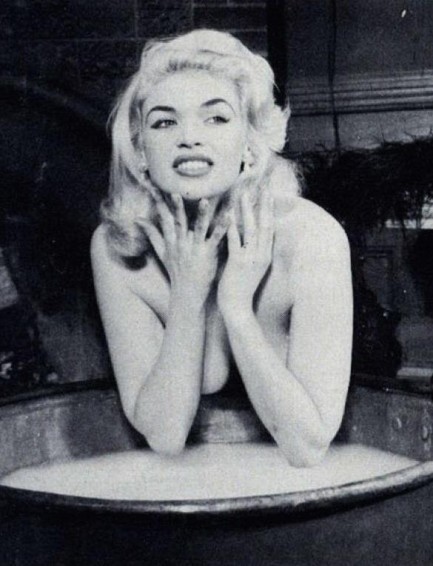
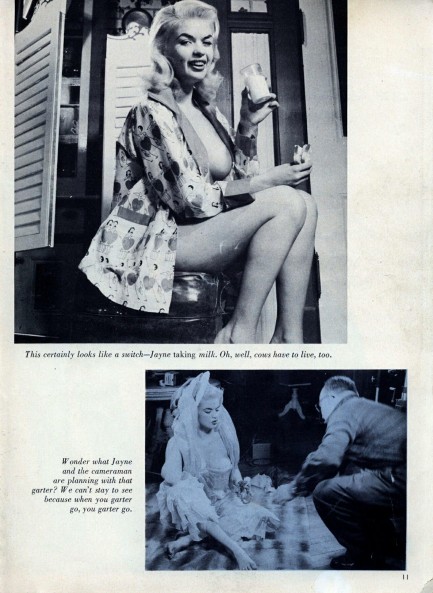
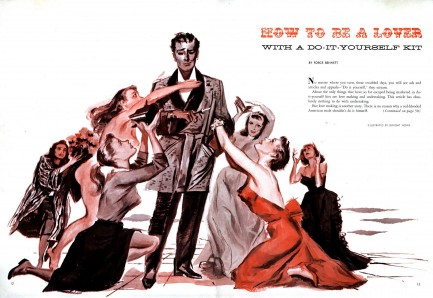
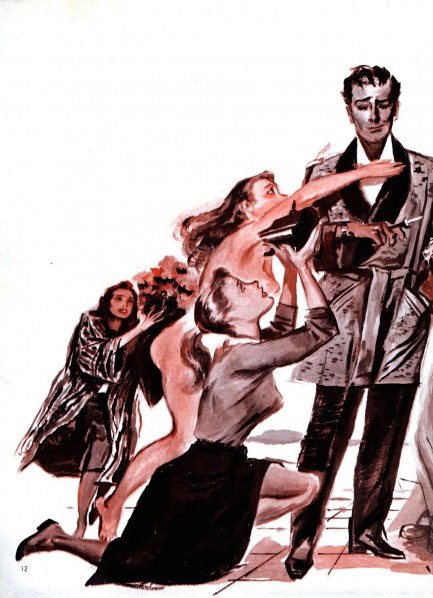
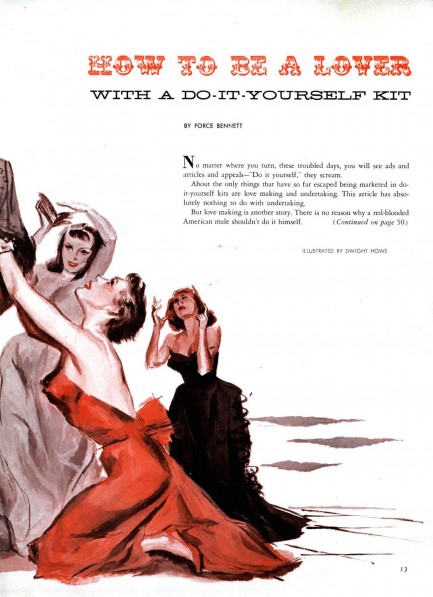
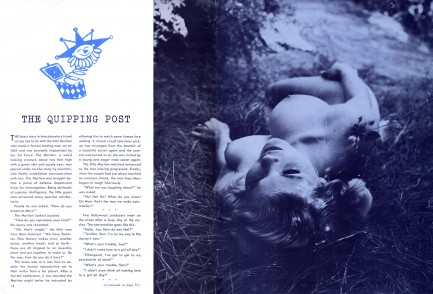
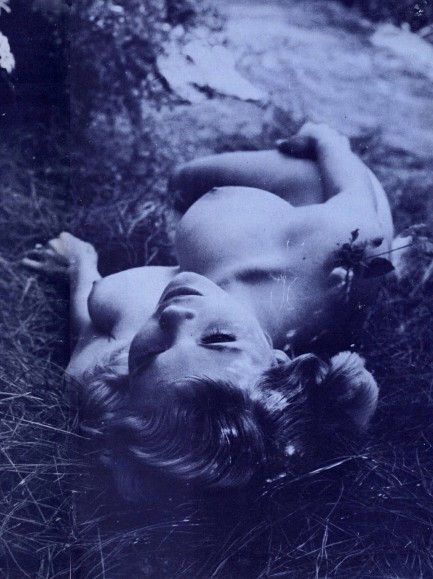
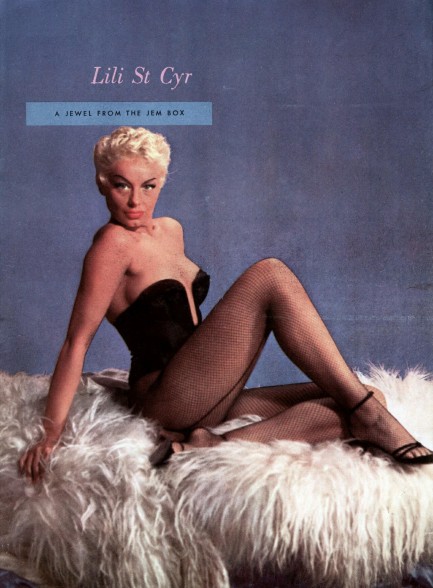
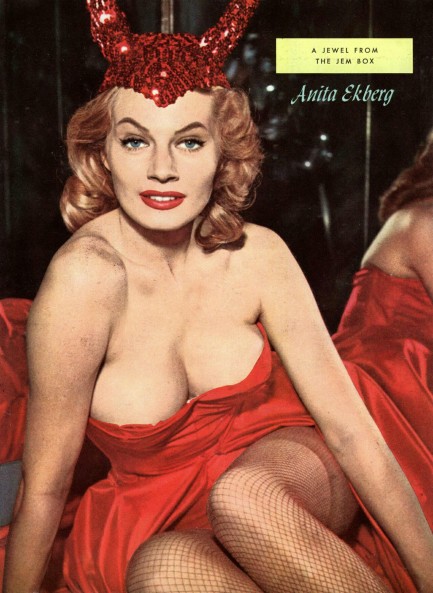
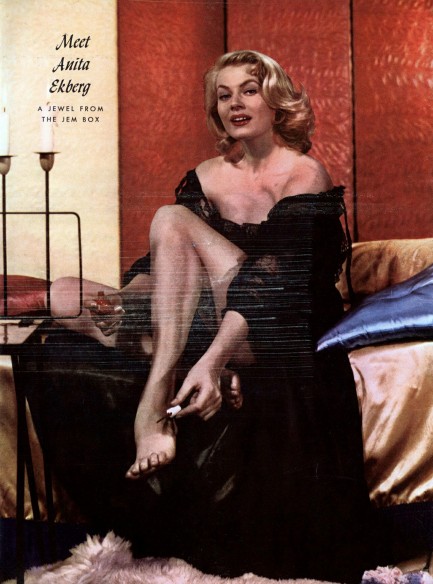
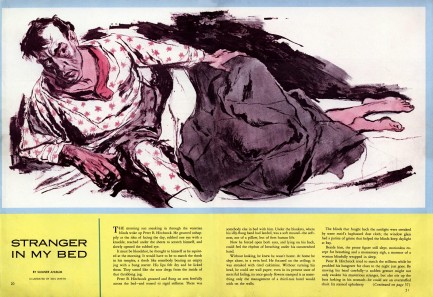
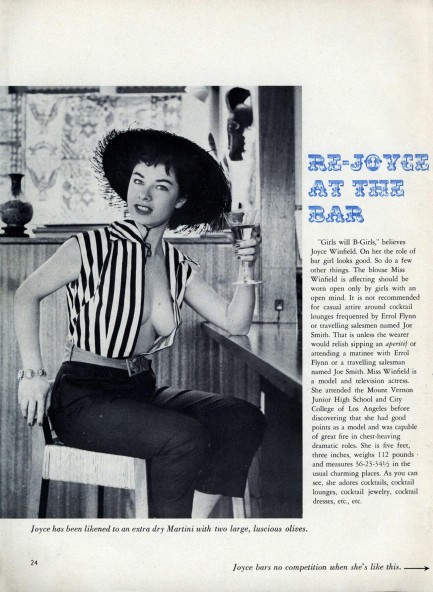
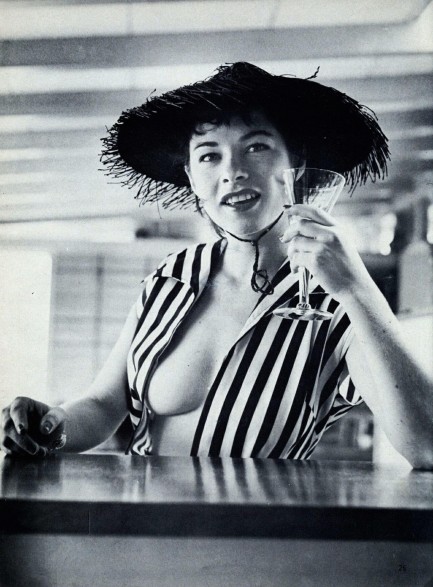
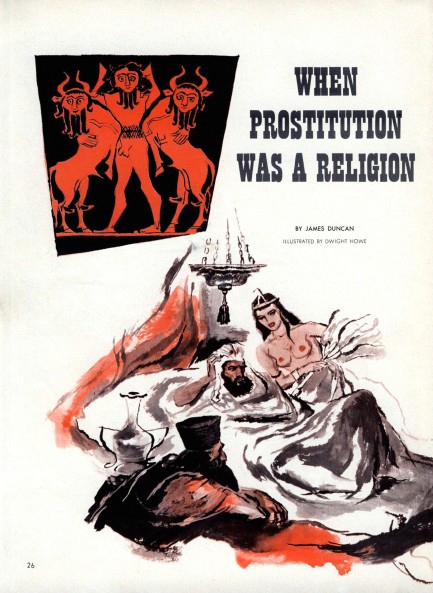
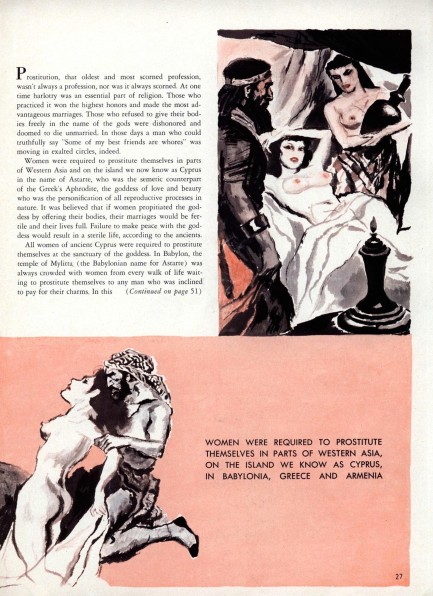
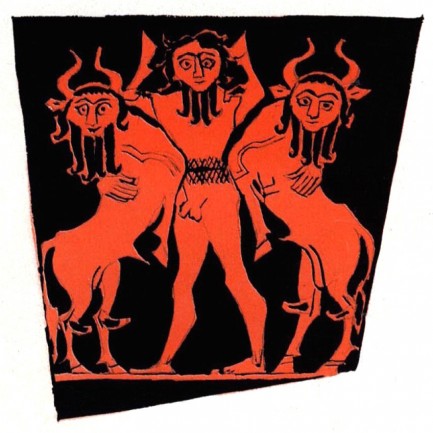
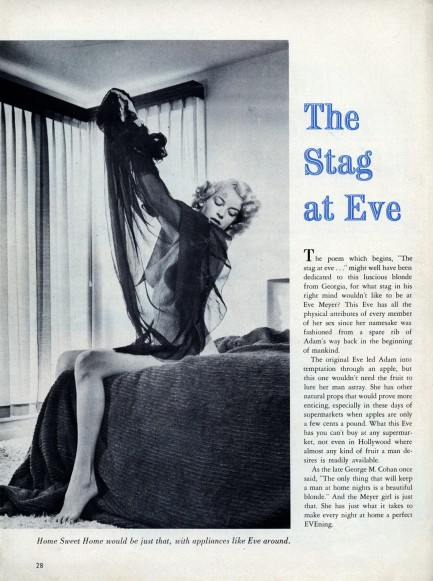

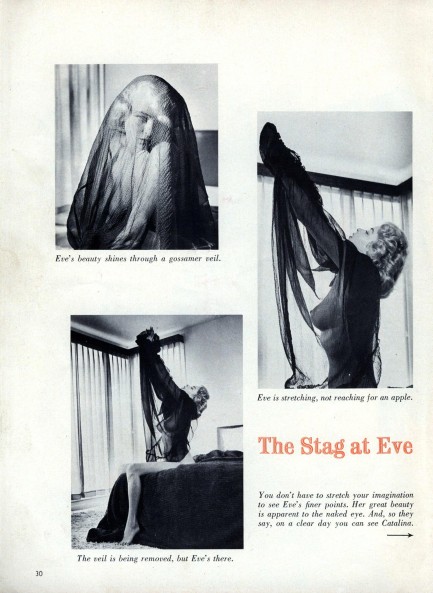
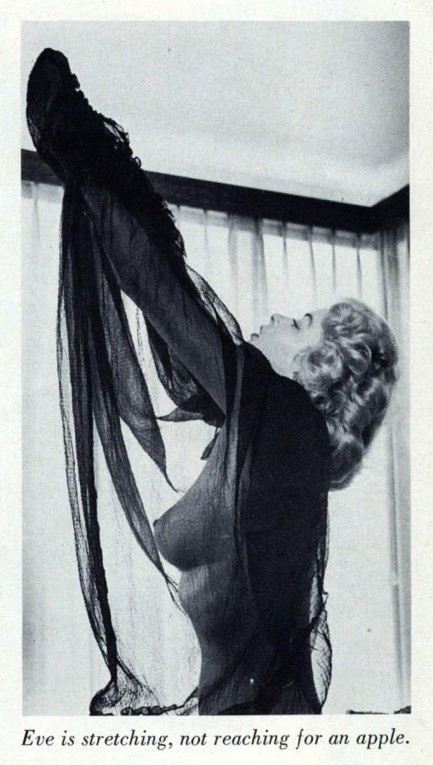
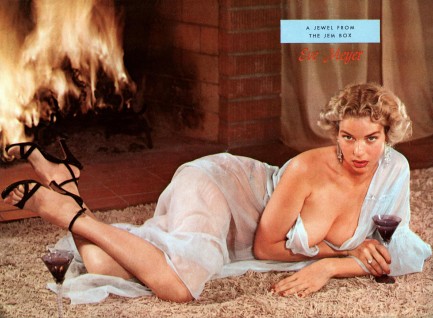
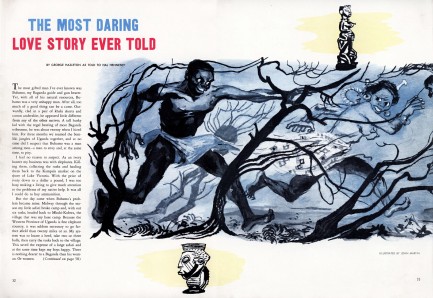
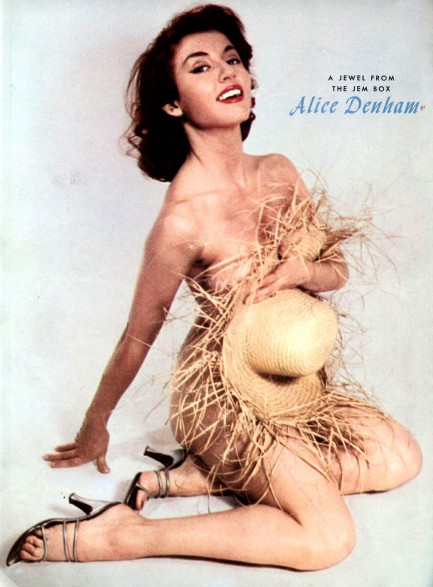
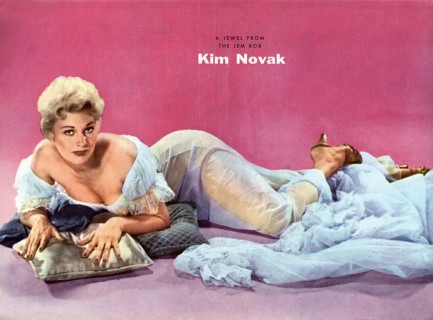
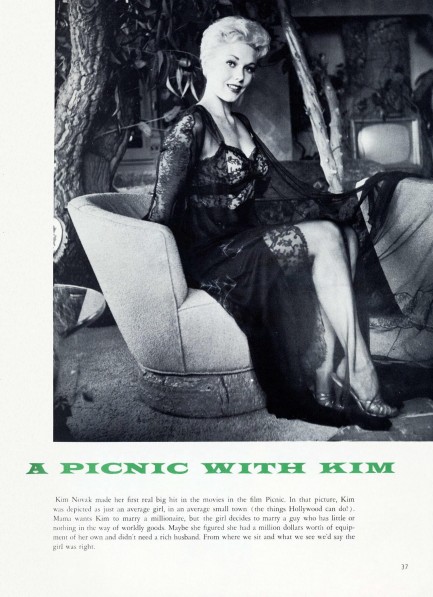

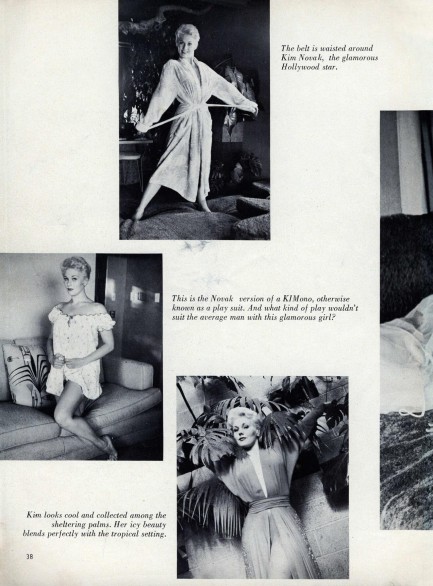
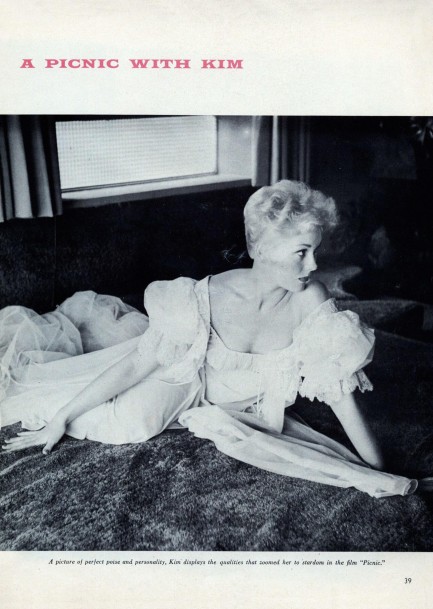

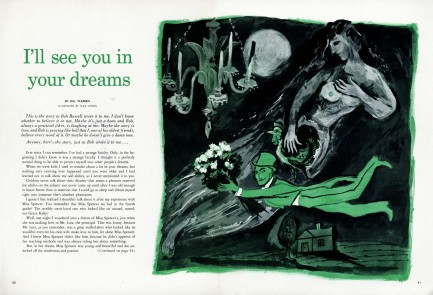
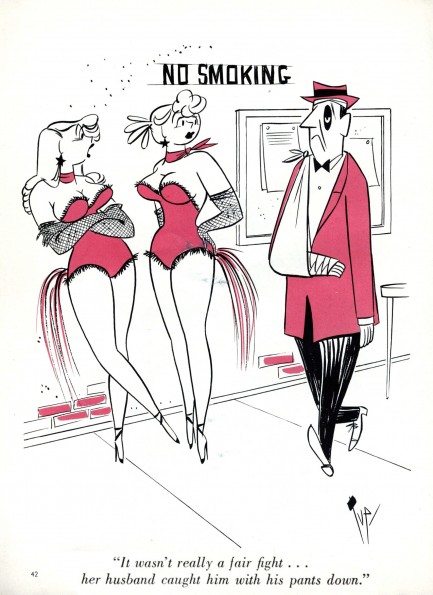
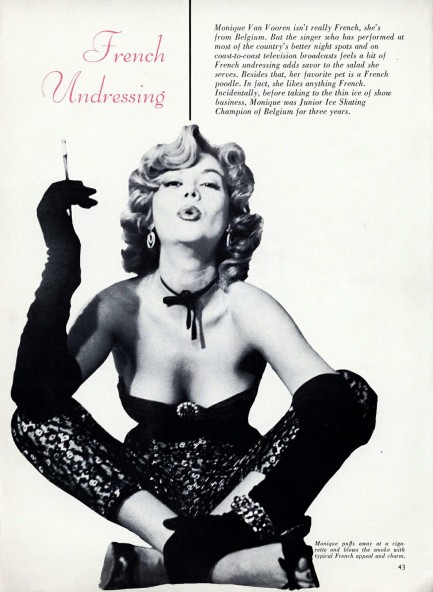
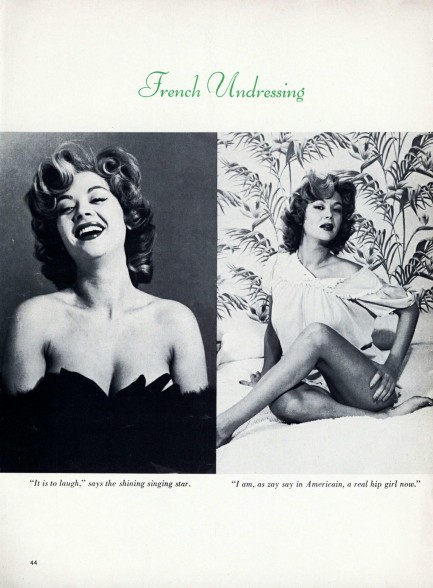
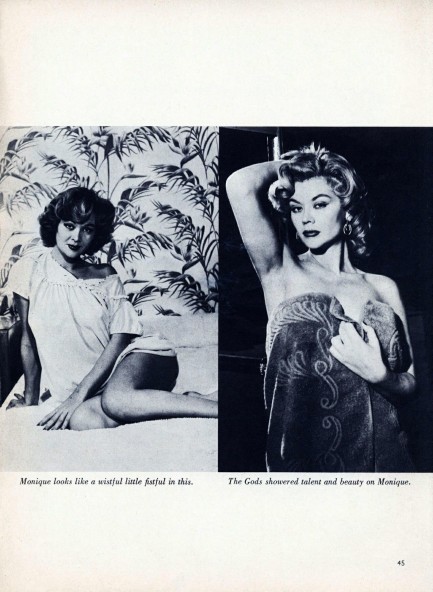
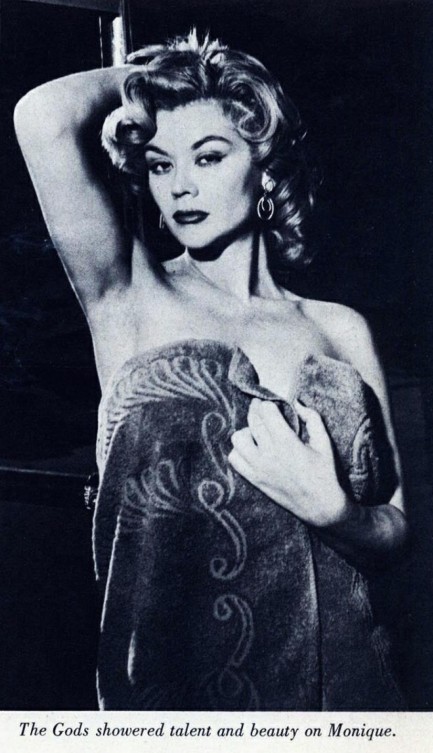
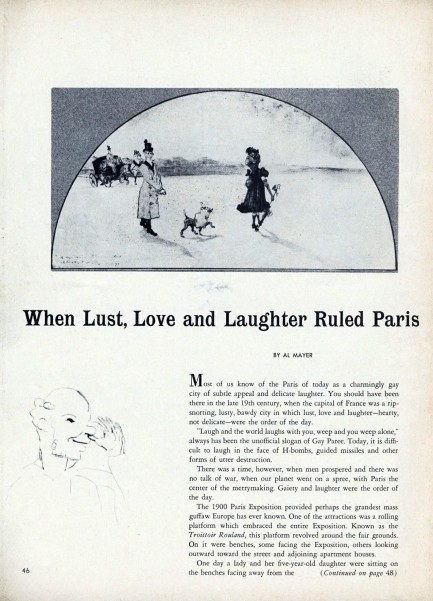
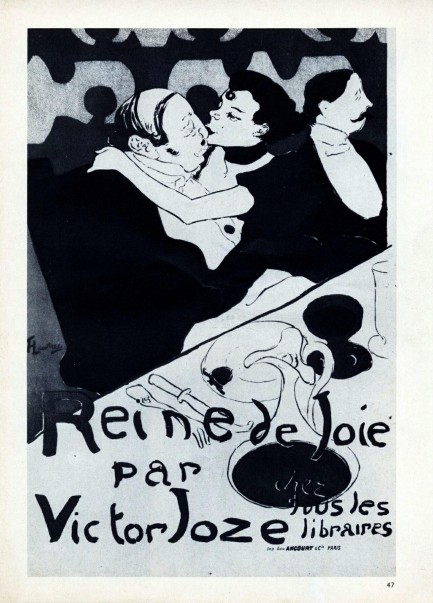
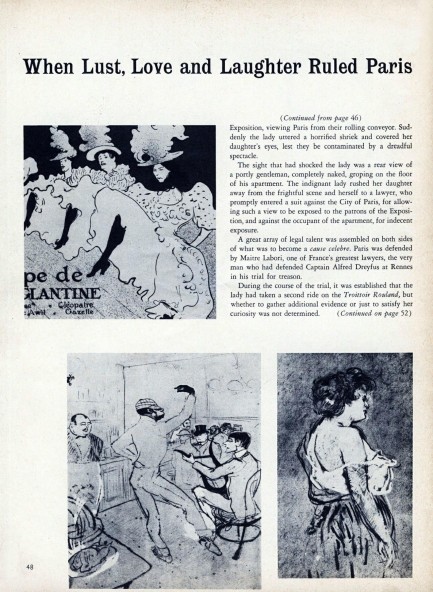
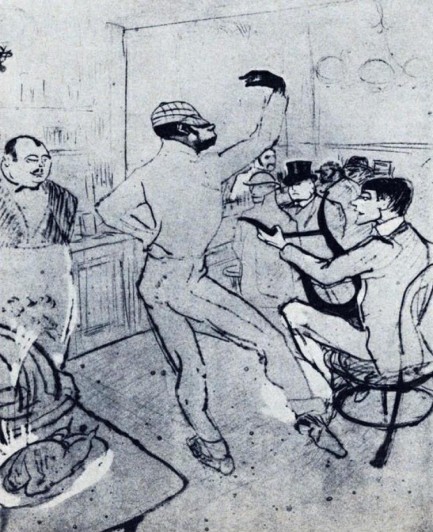
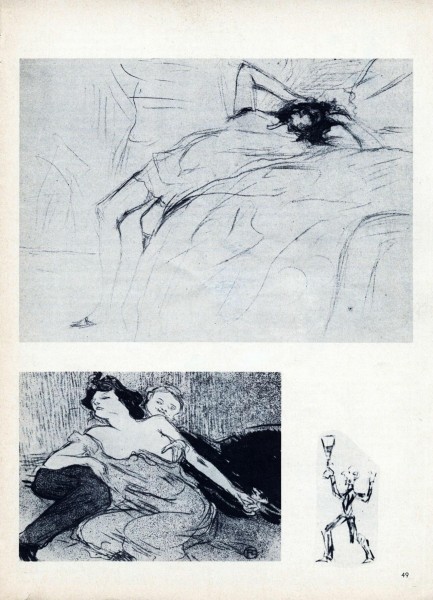
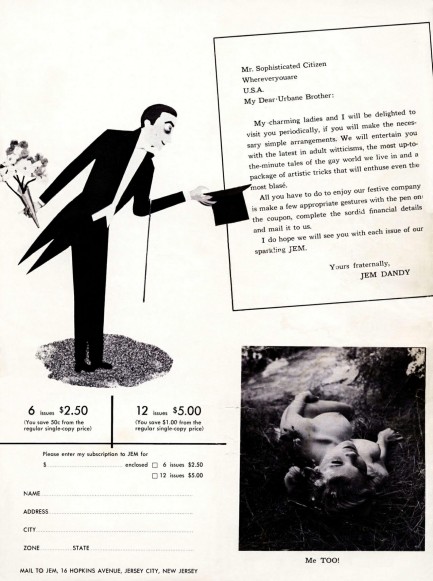
| Hollywoodland | Oct 25 2021 |

L.A. residents turn out in droves for a flower show.
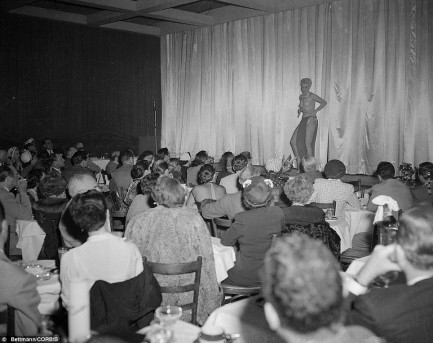
Above is a photo of legendary burlesque dancer Lili St. Cyr shot at Ciro's in Hollywood today in 1951. St. Cyr was always controversial, but her performances at that particular locale got her into hot water in the form of an obscenity bust, as we noted a while back. Cops thought she had gone fully nude. It remains an open question whether she did. We even left it open in a detailed post we wrote about the arrest. But if pressed, we'd say she did show it all. We think so not because of any contemporary accounts, which are contradictory, but merely because in the old novels we've read young burlesque dancers had little choice when starting out, and established dancers would do it to start rumors, and thus lure more people to their shows. Generally, in these fictional accounts when they dropped their g-strings, they did it an eyeblink before the stage lights went dark. Almost too fast too see. One character who did this in a novel even aspired to be as good and popular as St. Cyr, so we kind of think if all these authors wrote full nudity as plot devices maybe it was because peelers—including Lili—showed their lillies in real life. But since nobody ever caught it on film, we'll never know for sure.

| Femmes Fatales | Aug 25 2021 |

She was a higher being in the church of burlesque.
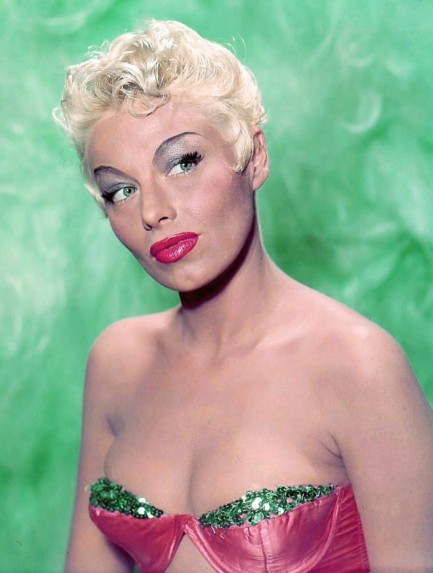
Is this Lili St. Cyr's most beautiful photo? Maybe, but why choose? They're all great, such as the ones we showed you here, here, and here. This shot is usually tagged with a date of 1956, but it's actually from no later than 1952. St. Cyr certainly could have worn this eye catching bustier for multiple photo sessions, but if you look at the cover of the true crime magazine Uncensored Detective below, you'll notice that she looks identical all the way down to the cowlick on her forehead and the curls above her ear. Her eye makeup is a little different, but that could have happened mid-shoot. The minutely identical hair leaves no doubt that both images are from the same session. The magazine is from May 1952, so we'll go with 1952 on the shot. But really, she's timeless.
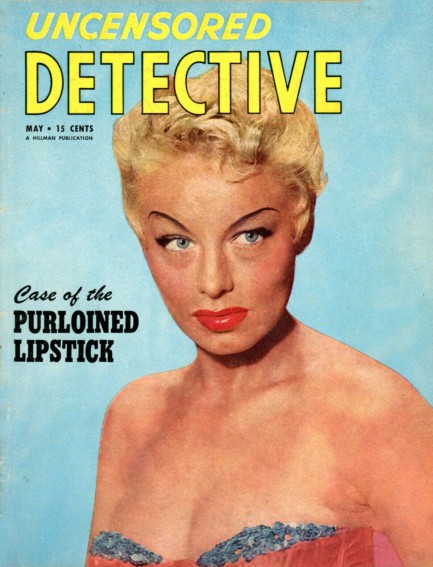
| Vintage Pulp | May 10 2021 |

St. Cyr escapes her gilded cage.
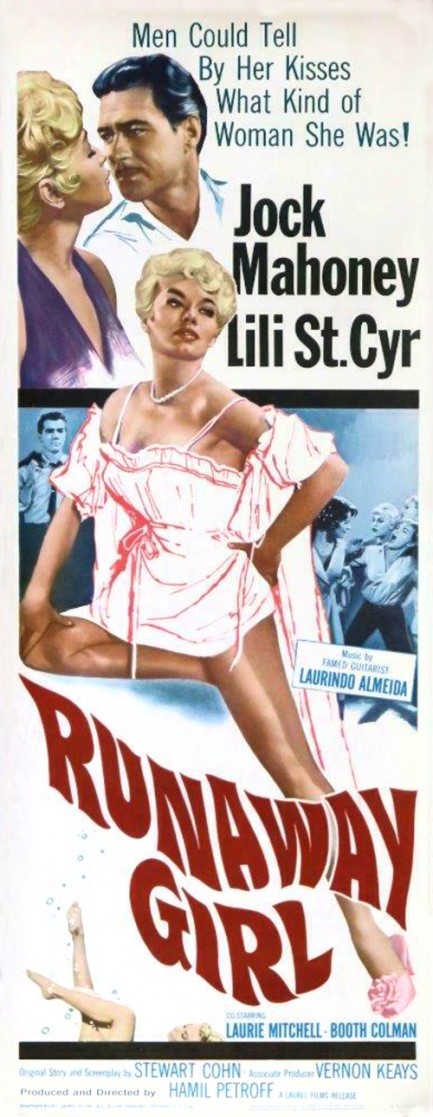
Above is a poster for Runaway Girl, a starring vehicle for burlesque queen Lili St. Cyr. In the film, Randy, played by Jock Mahoney, runs a family vineyard, and imports low wage harvest workers every year, all of them women, all young. This year his flock of seven laborers includes an extra woman in the form of Edella, played by St. Cyr. The grape grower starts to have randy feelings toward her, and pretty soon the two are canoodling in town and country. But Randy isn't actually a member of the wine making family by blood. He was taken in by the patriarch when young, and dating the help quickly causes this fault line to open. St. Cyr doesn't belong either. She's beautiful, glamorous, and has clearly never worked hard in her life. What is she doing there? How did a glamorous blonde end up picking grapes in a vineyard? The title of the movie tells you.
Runaway Girl is a low rent drama with only St. Cyr to distinguish it, but there are two versions—a cinematic release, and a racier adult version with three nudie cutie segments. There's a group shower sequence, a skinny dipping sequence, and a striptease. These sequences are jarring because they were spliced in to heat up the stew for an adult oriented re-release that played in nudie cinemas. St. Cyr also does a little medley of her most famous burlesque numbers, as she explains in a flashback that she's—shockingly—really a nationally famous peeler running away from the overwhelming demands of life as a paid exhibitionist. This revelation doesn't sit well with the old fashioned Randy. Can he overlook St. Cyr's racy past?
Runaway Girl is a product of classic Hollywood thinking—i.e. any famous pop culture personality can be harnessed for profit. The same holds true today, as a succession of singers, rappers, reality stars, and comics trickle into movies every year. We're not putting them down. Some can actually act, particularly the comics. But St. Cyr can't. Emotively, she's flatter than a fruit roll-up. It pains us to admit that, because we think she's a celestial wonder. But there you have it. Even worse, this was her seventh full length film, so it probably represents the height of her acting skills. Woof. You have a choice. You can either avoid this turkey or watch it expressly to see St. Cyr with motion and sound, rather than merely as an amazing pin-up. We have some nice production photos below to help you make up your mind. Runaway Girl premiered in the U.S. today in 1965.
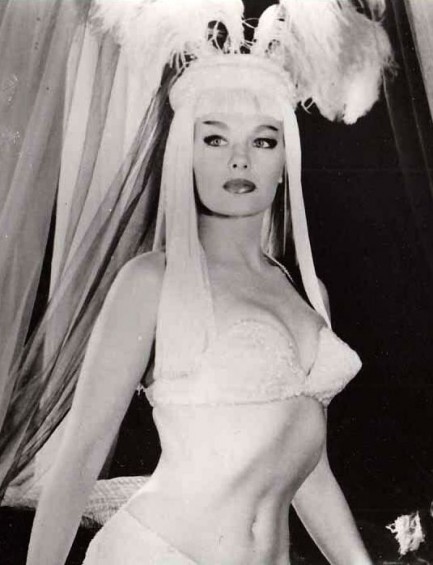
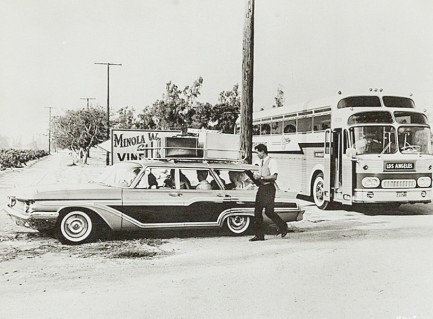
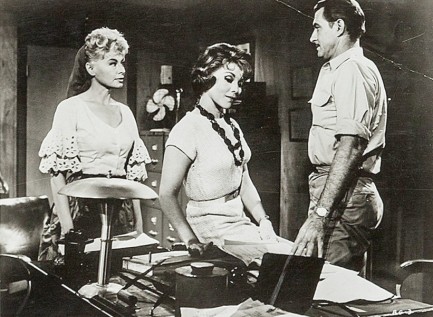
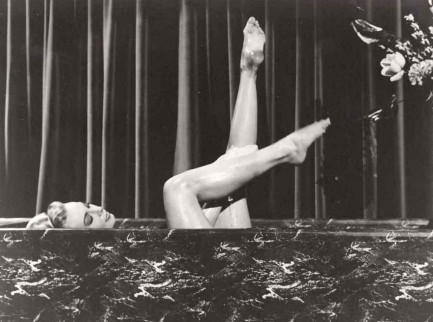
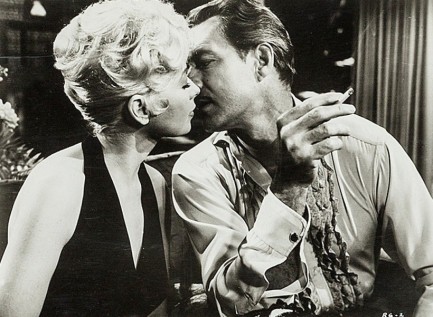
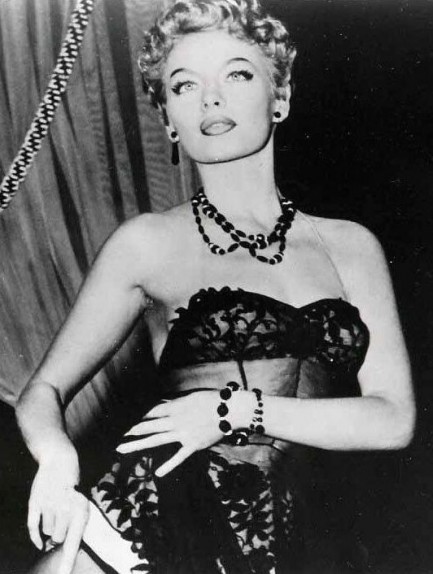
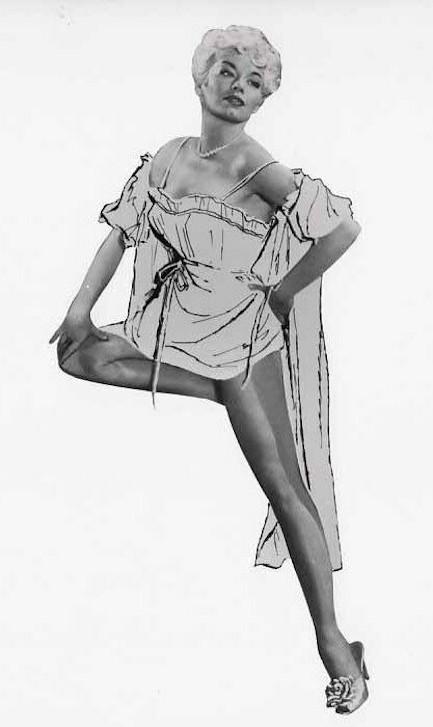







| Vintage Pulp | Feb 14 2020 |

Thank you for your service, girls.
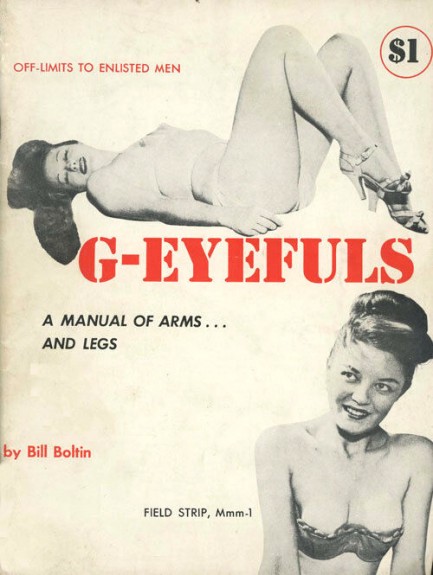
We have a special treat for you on Valentine's Day (which doesn't exist where we live, but we're living up to the International part of Pulp International). Above is the cover of a 1951 photo magazine called G-Eyefuls, which was marketed in the U.S. to the Korean War generation, specifically soldiers. We suspect it was sold in drugstores in military towns, possibly in military base exchanges, and the like. It's credited to a guy named Bill Boltin, who also authored a little-known 1952 novel called Witch on Wheels. Boltin didn't write much for G-Eyefuls, just a foreword and some cheesy captions for the pix.
We consider it unfortunate that Boltin took time to write captions for nearly every photo, but identifed no models. Since the photos are almost certainly handouts, it's possible Boltin had no idea who most of the models were. However, burlesque queen Lili St. Cyr appears twice, which suggests he at least recognized her. We assume you do too, but if not she appears in panel seven below, with a close-up in panel eight, and she recurs in the third-to-last panel, with another close-up below that. At sixty-four pages, we ran out of patience to upload this entire magazine, but we have a representative selection of forty scans. Happy corporate holiday, Valentiners.
